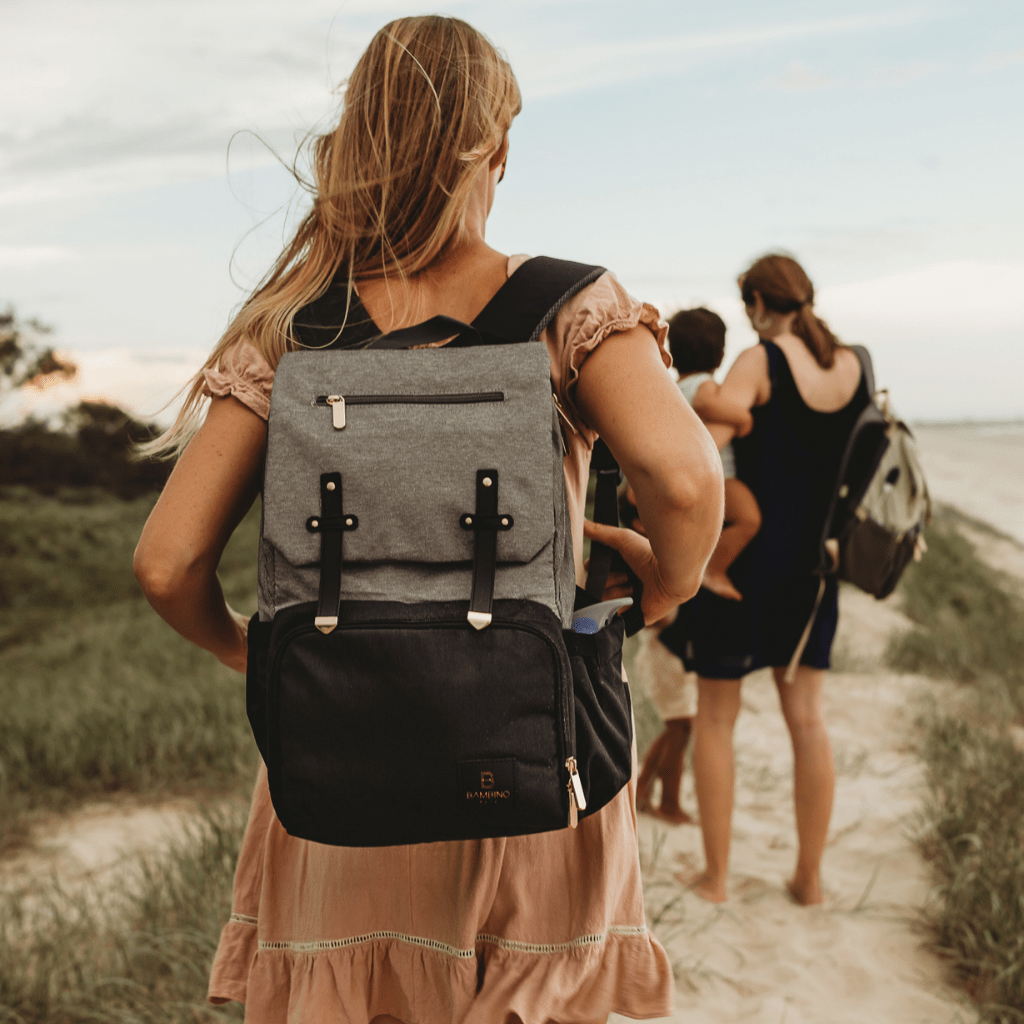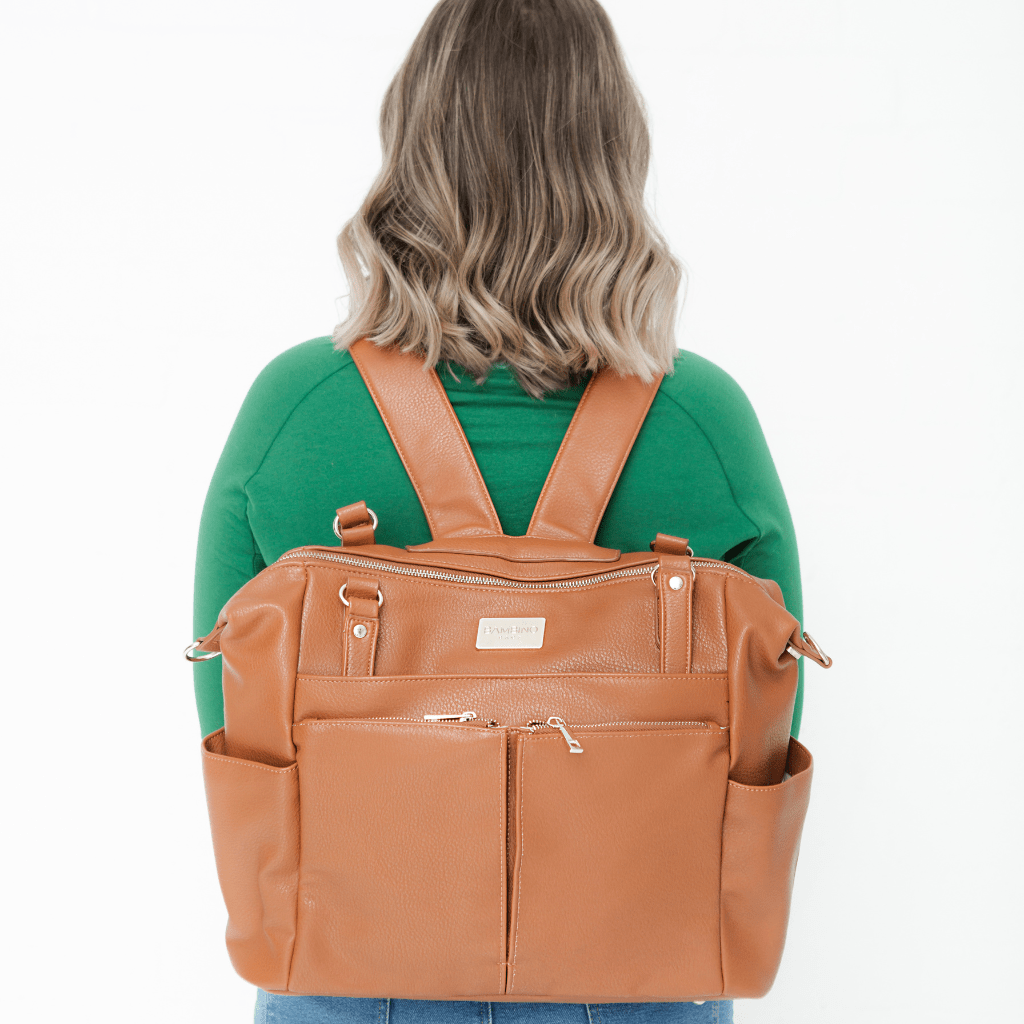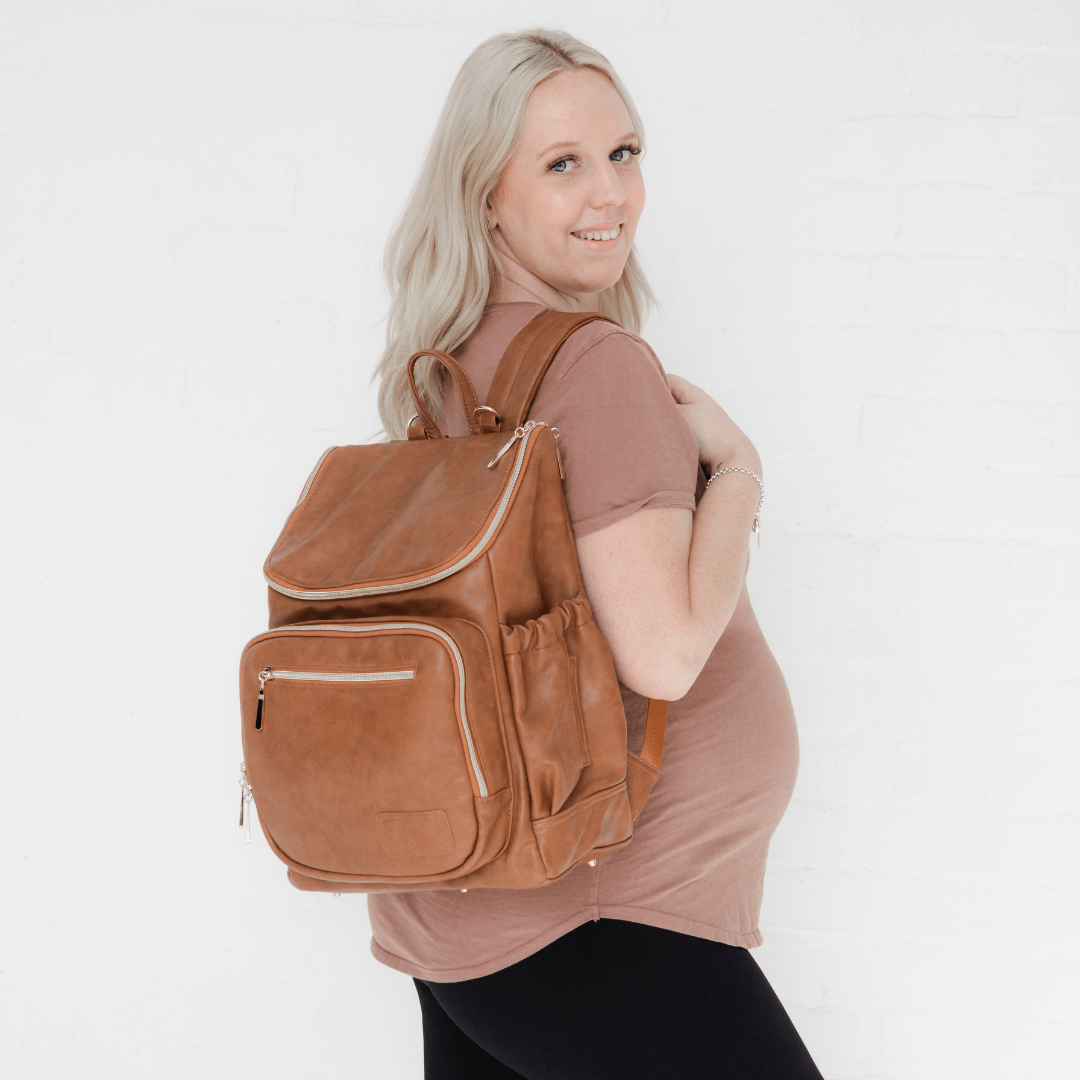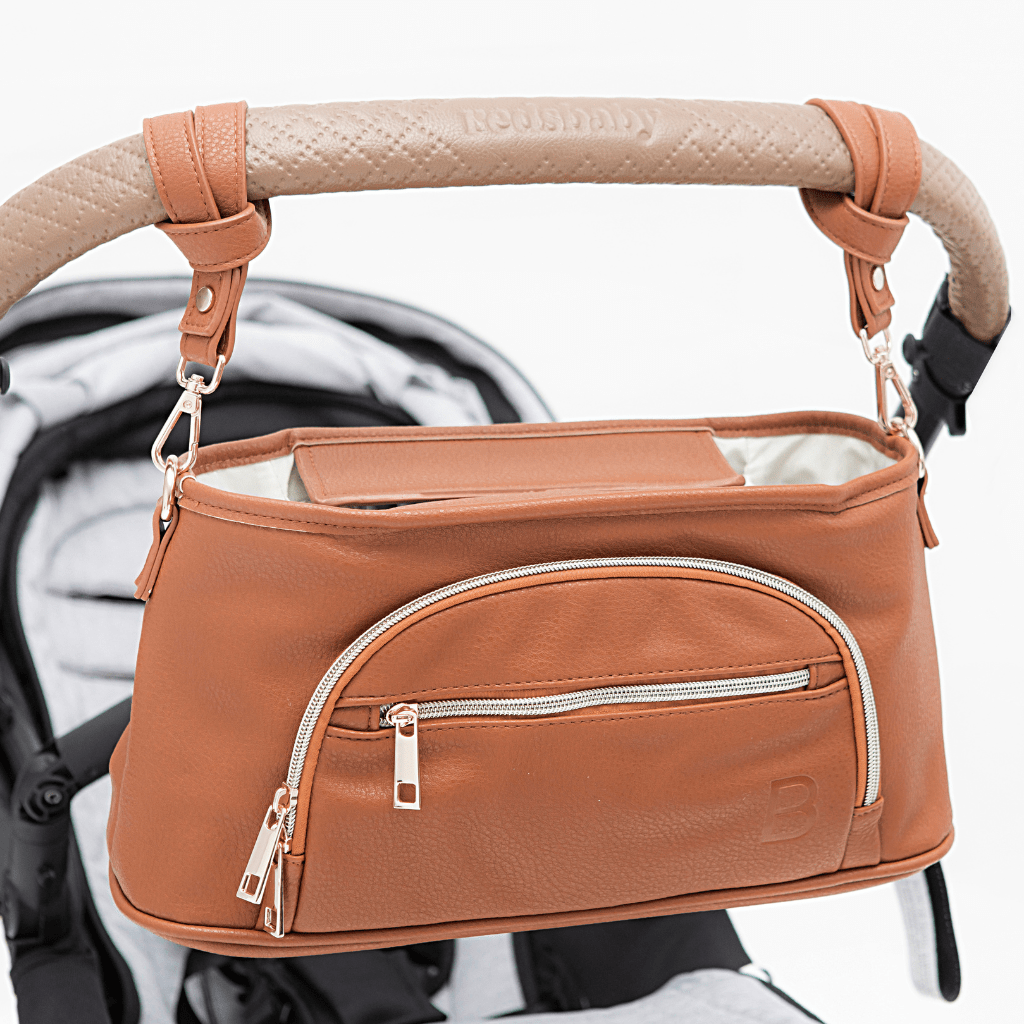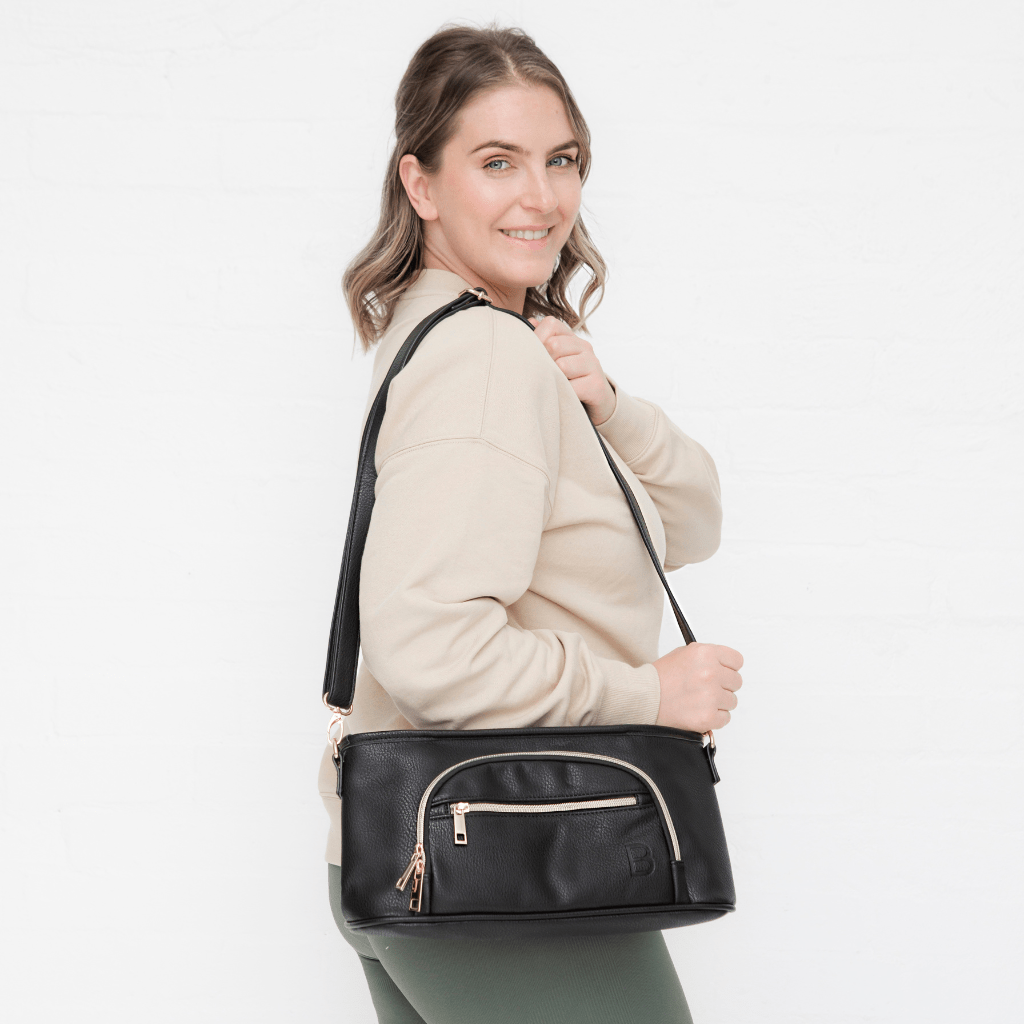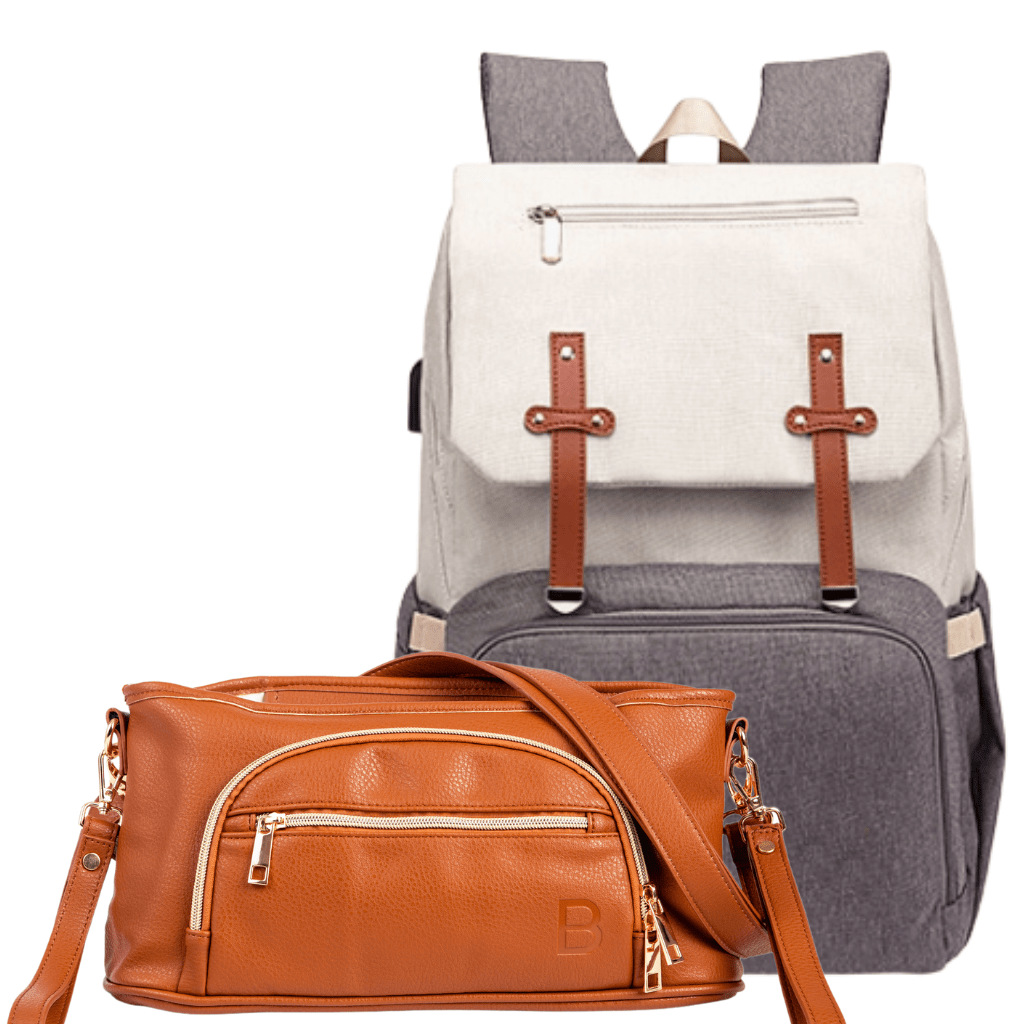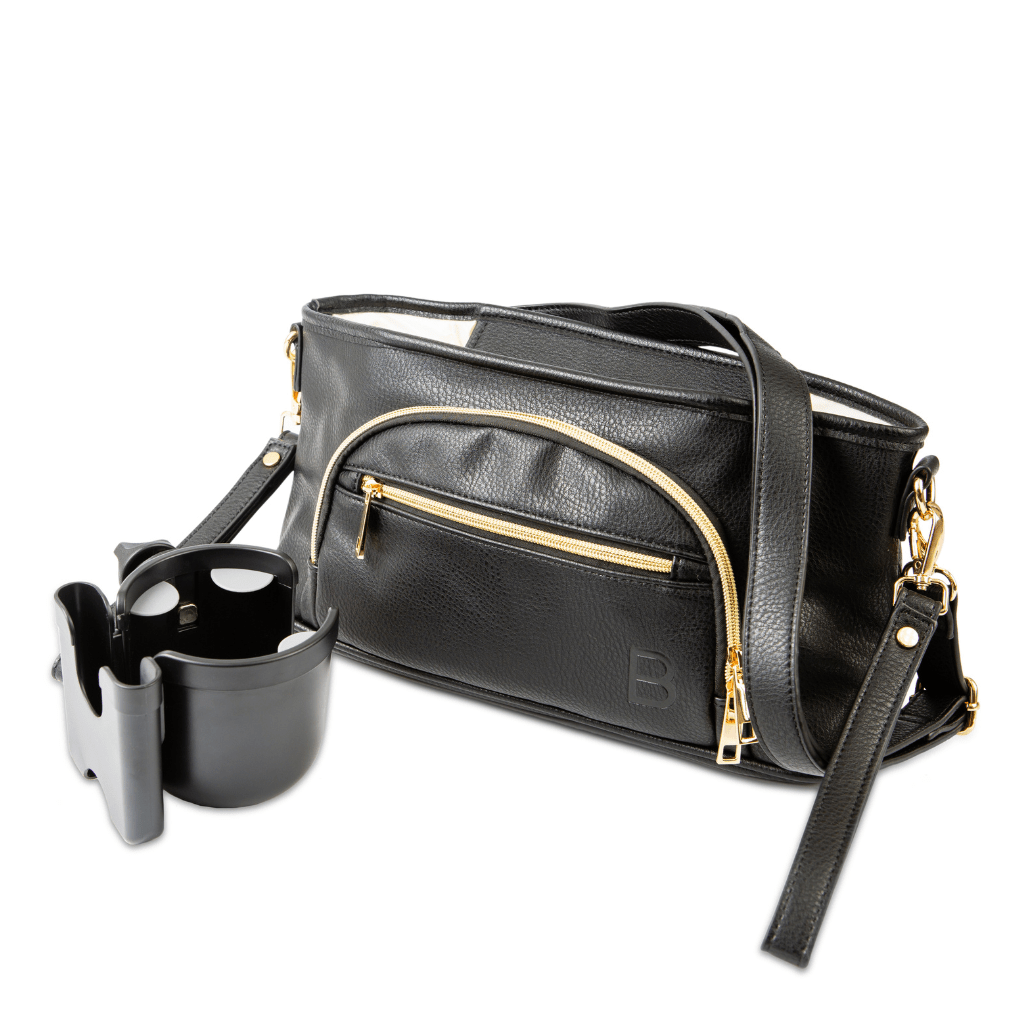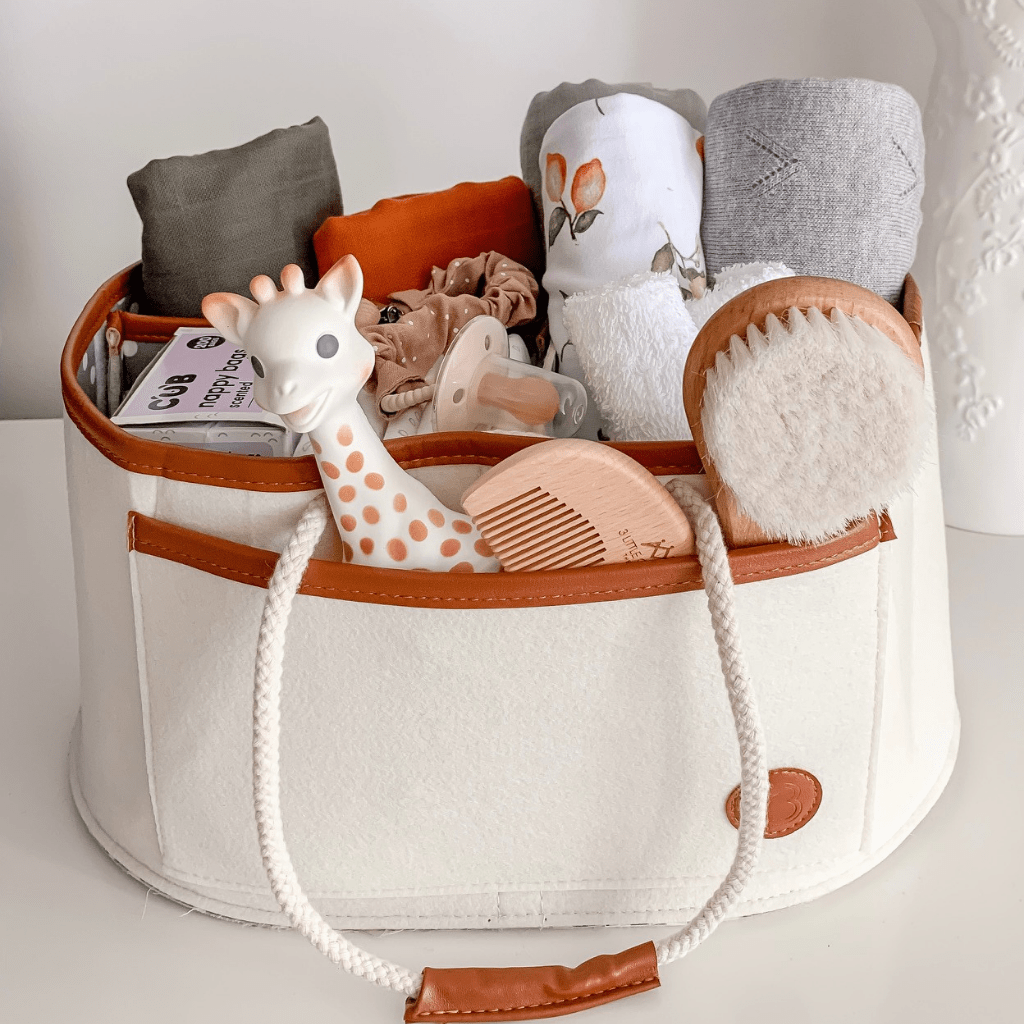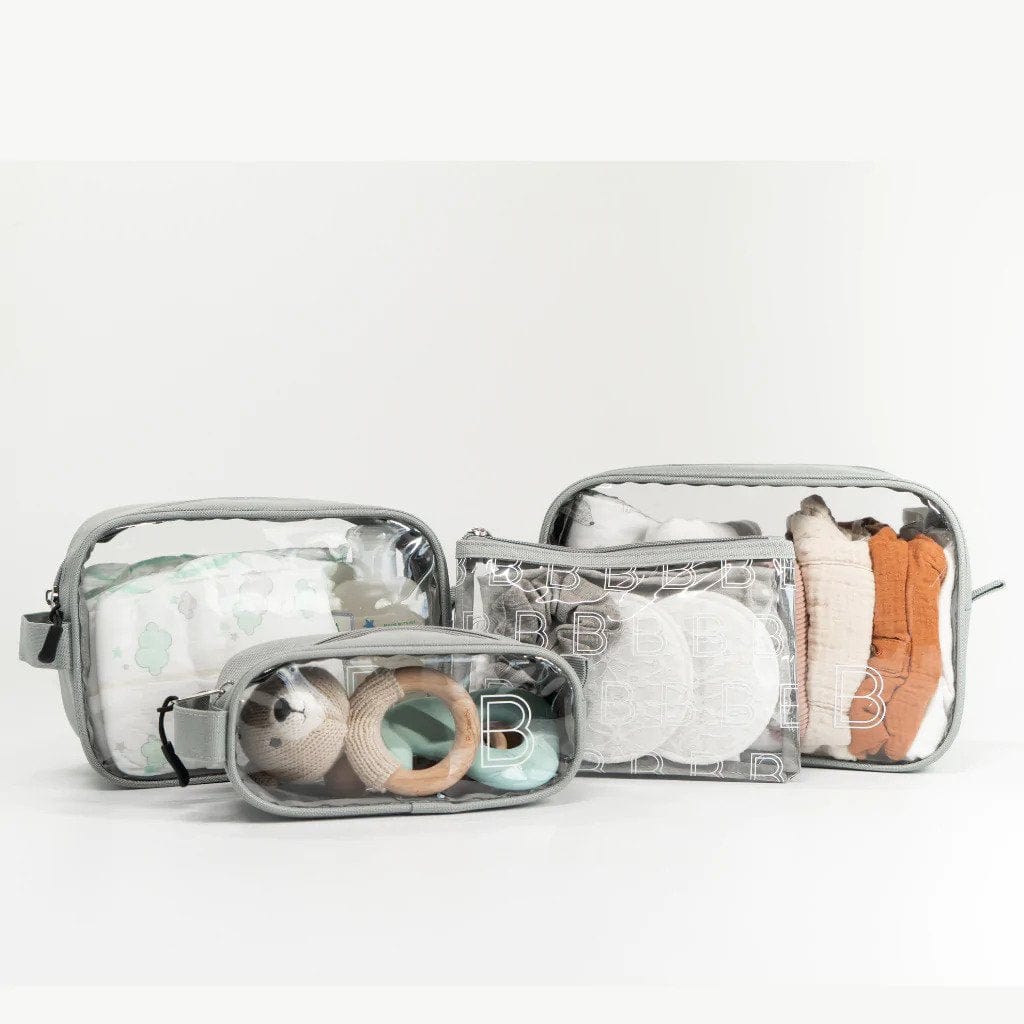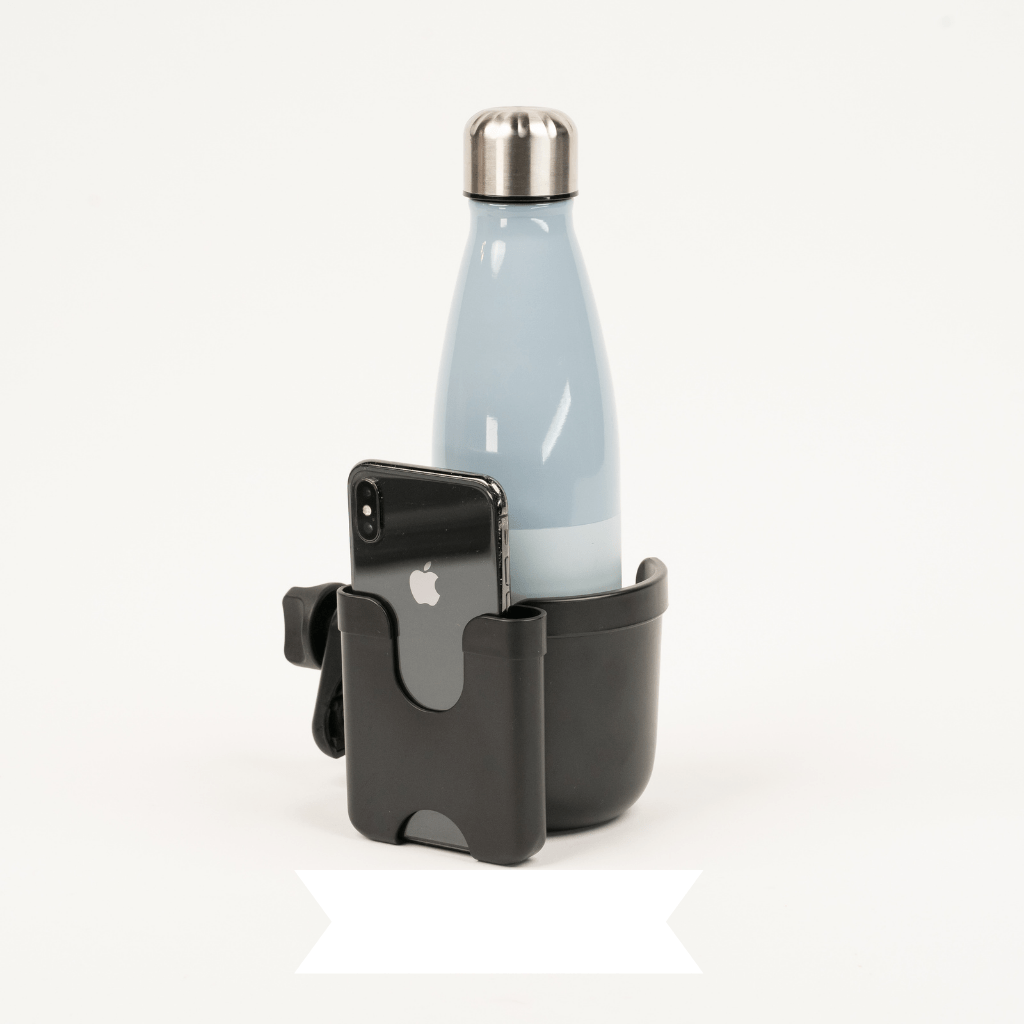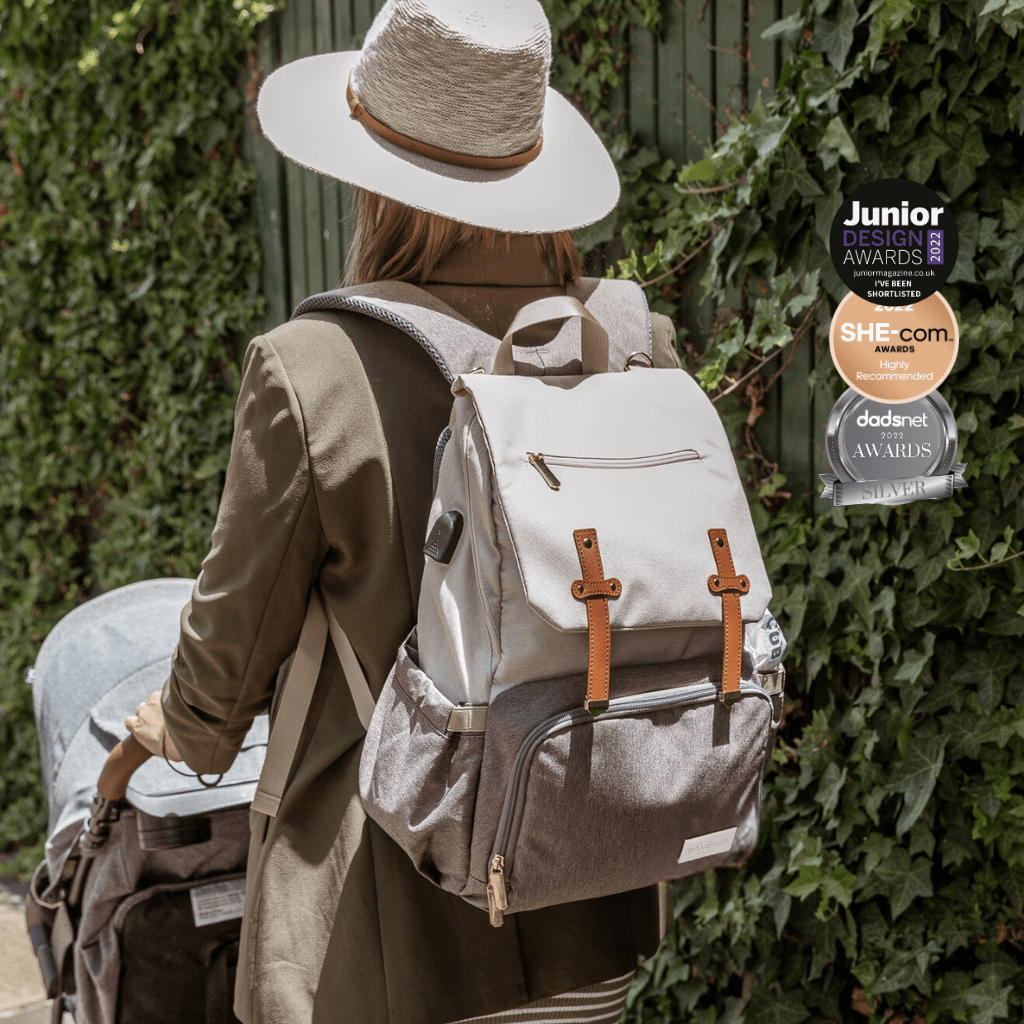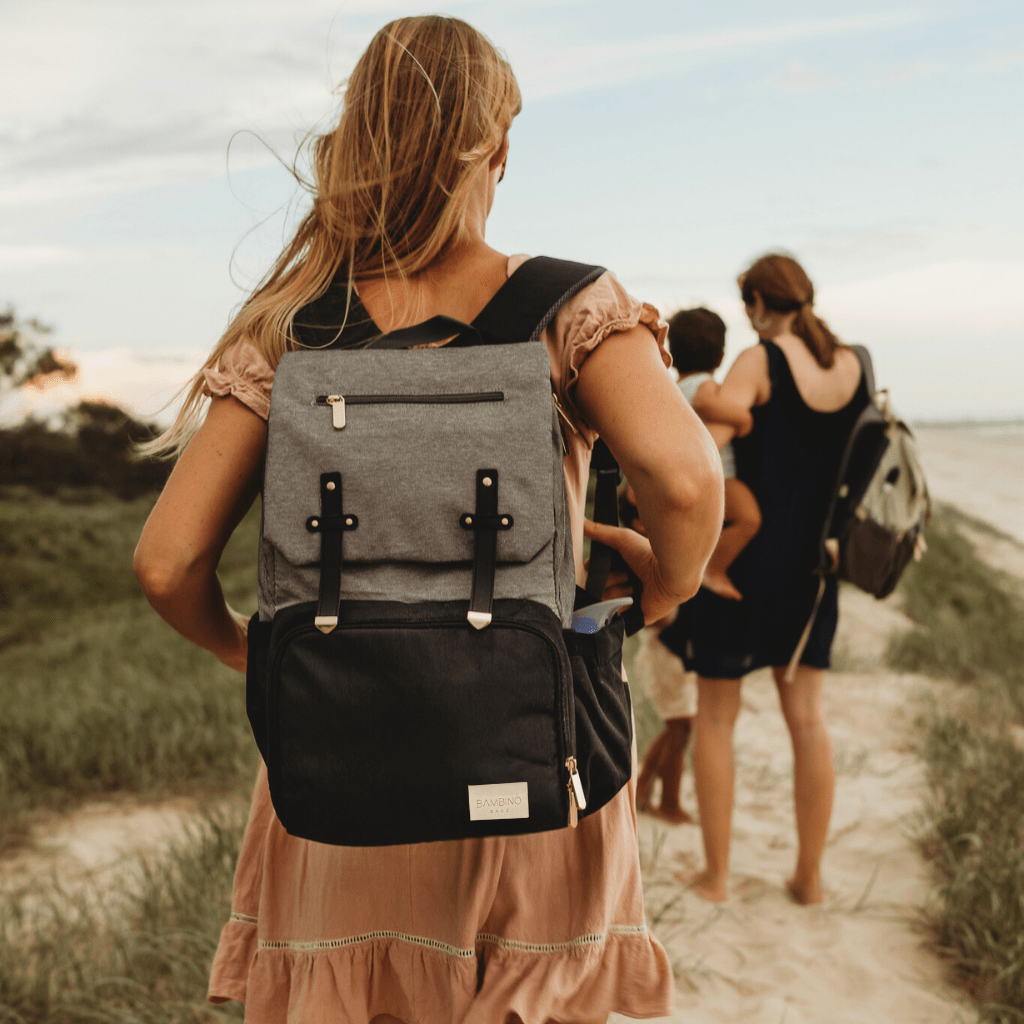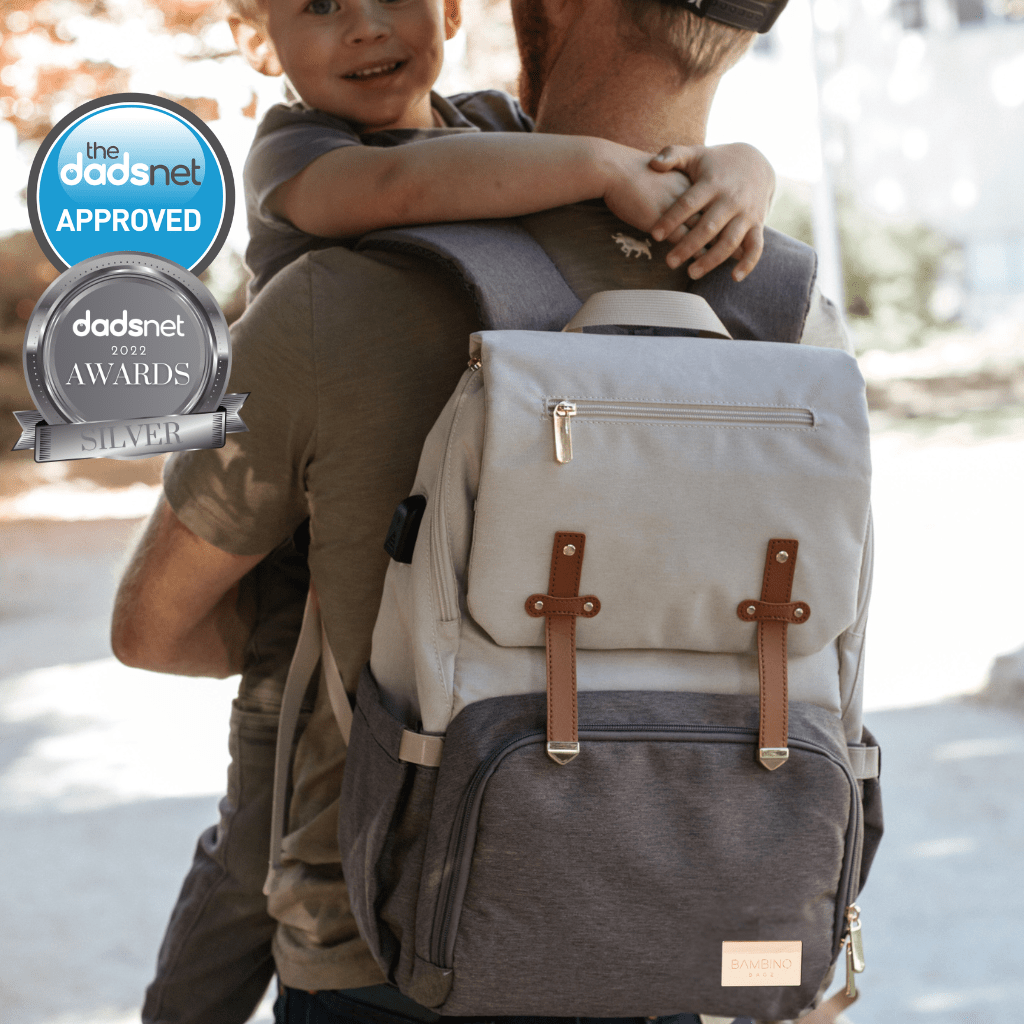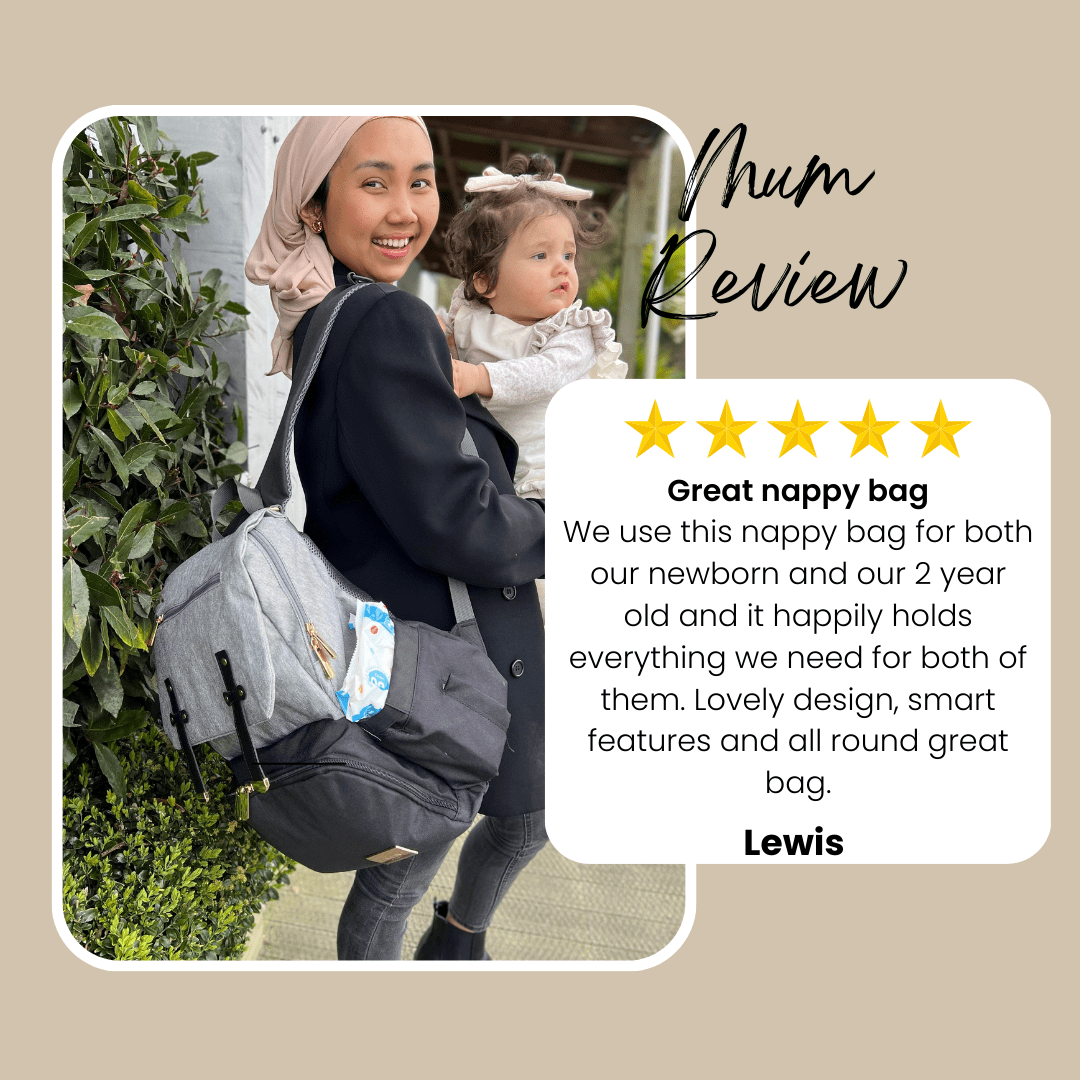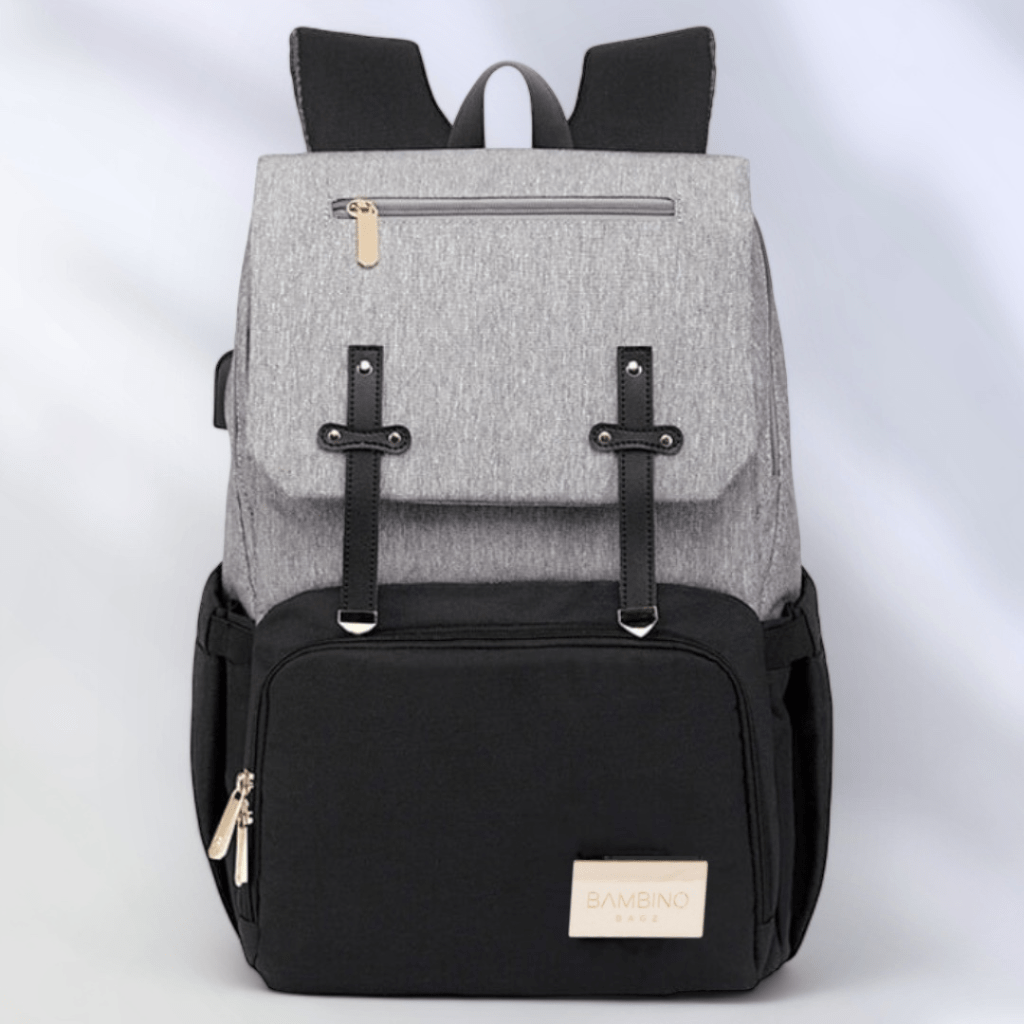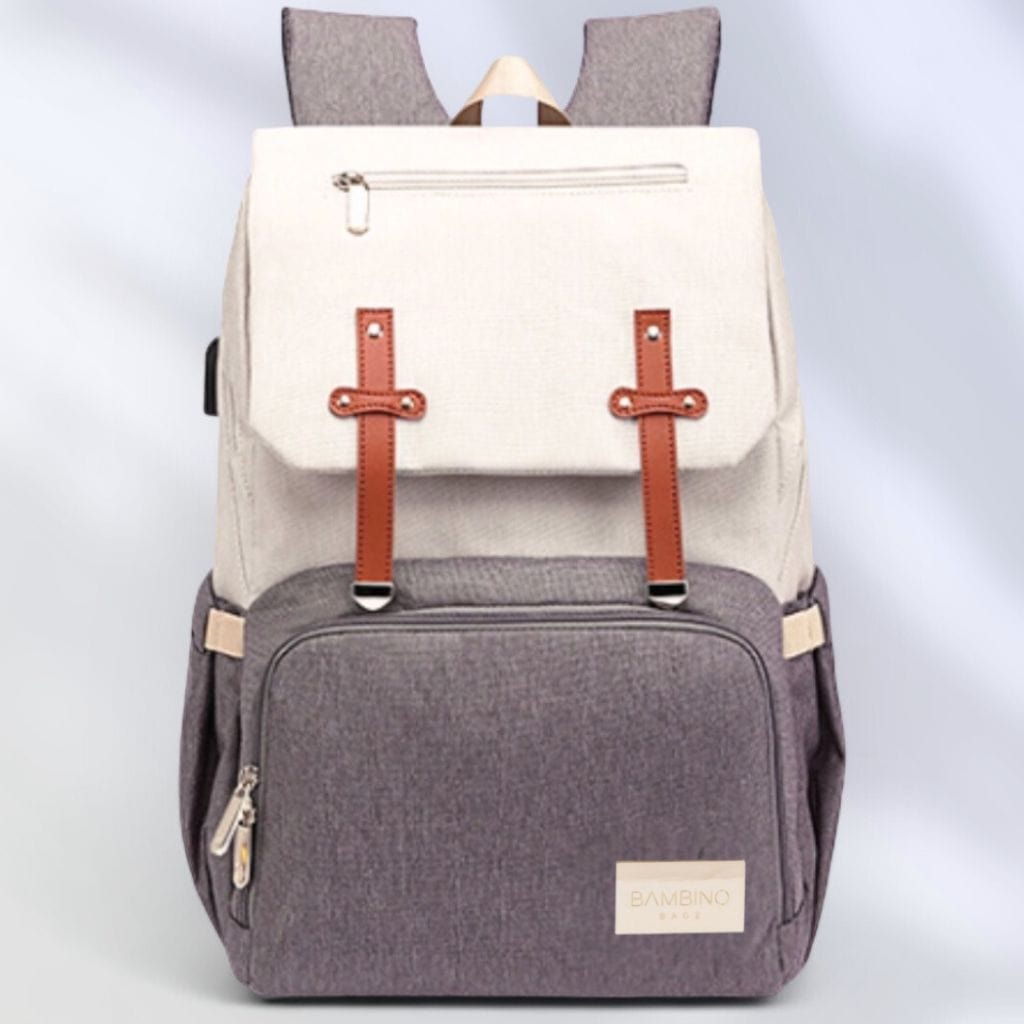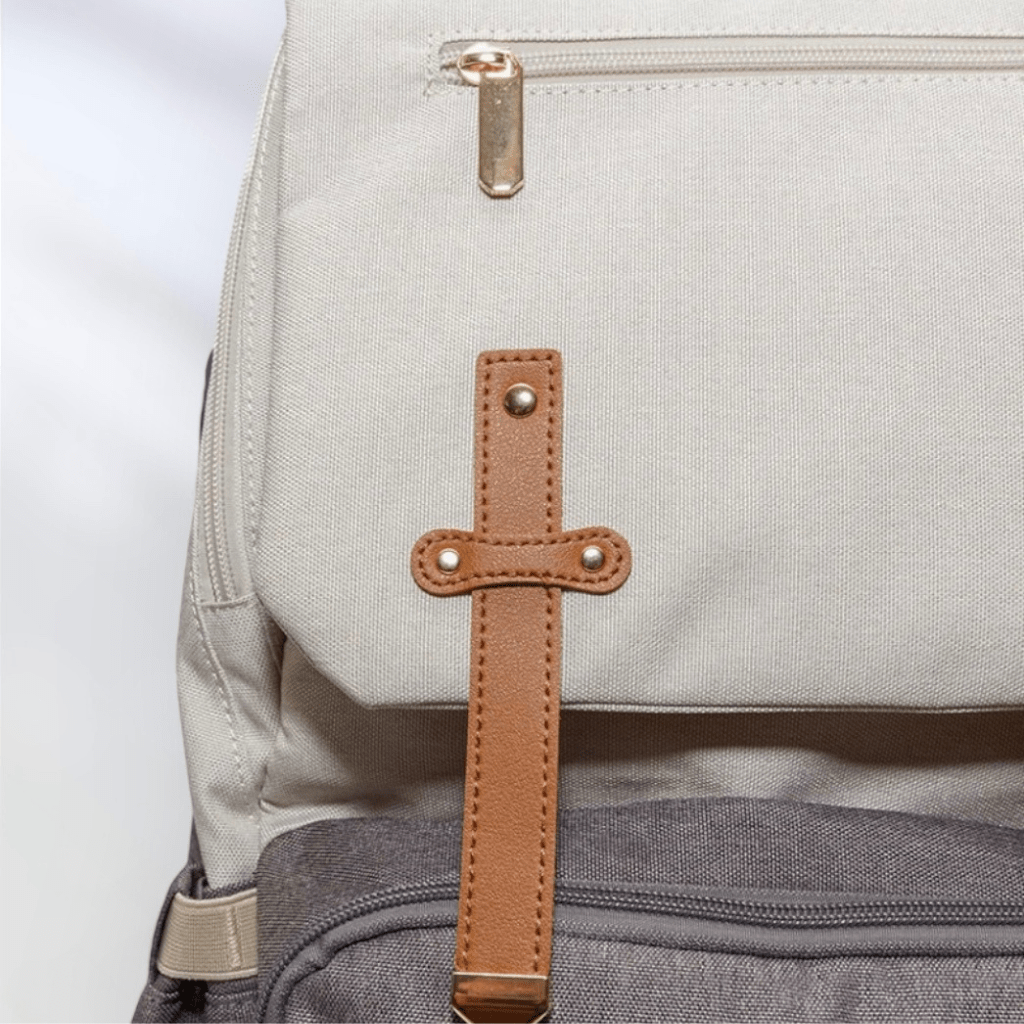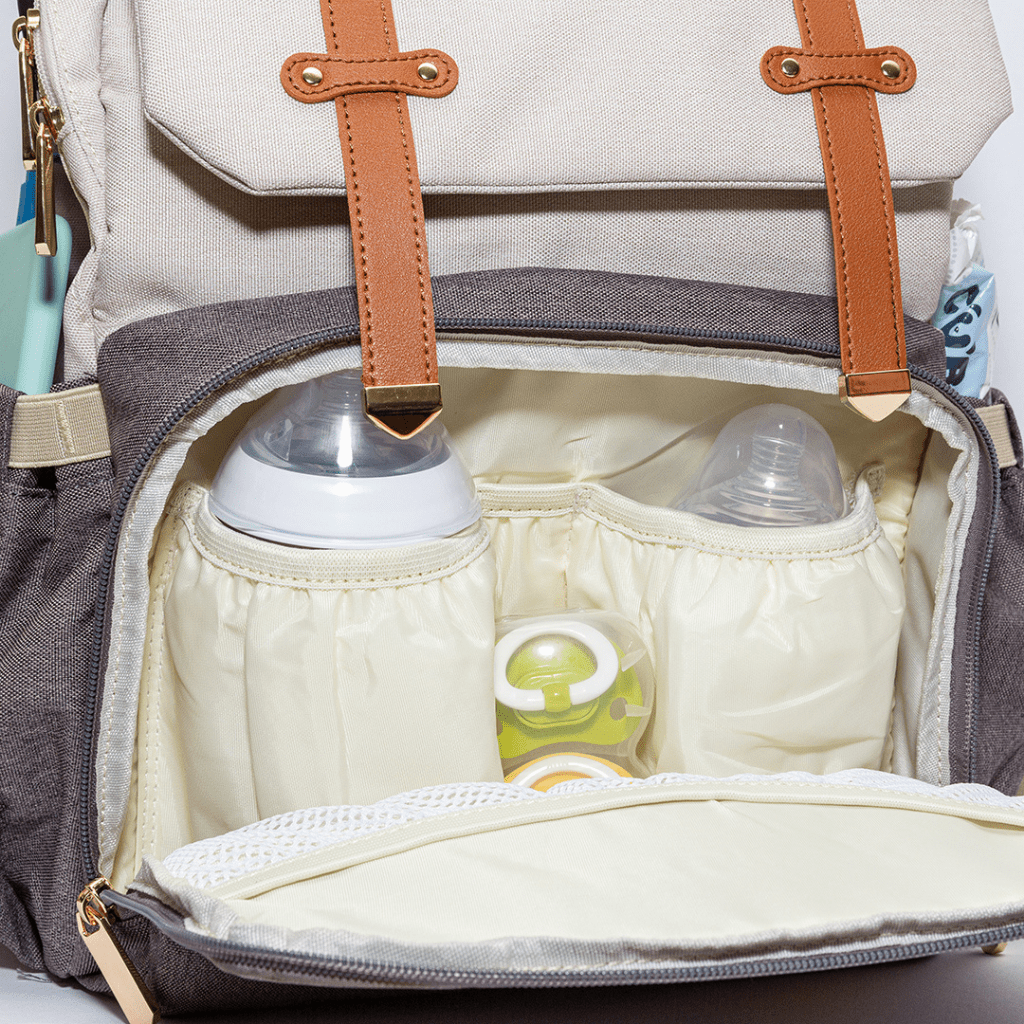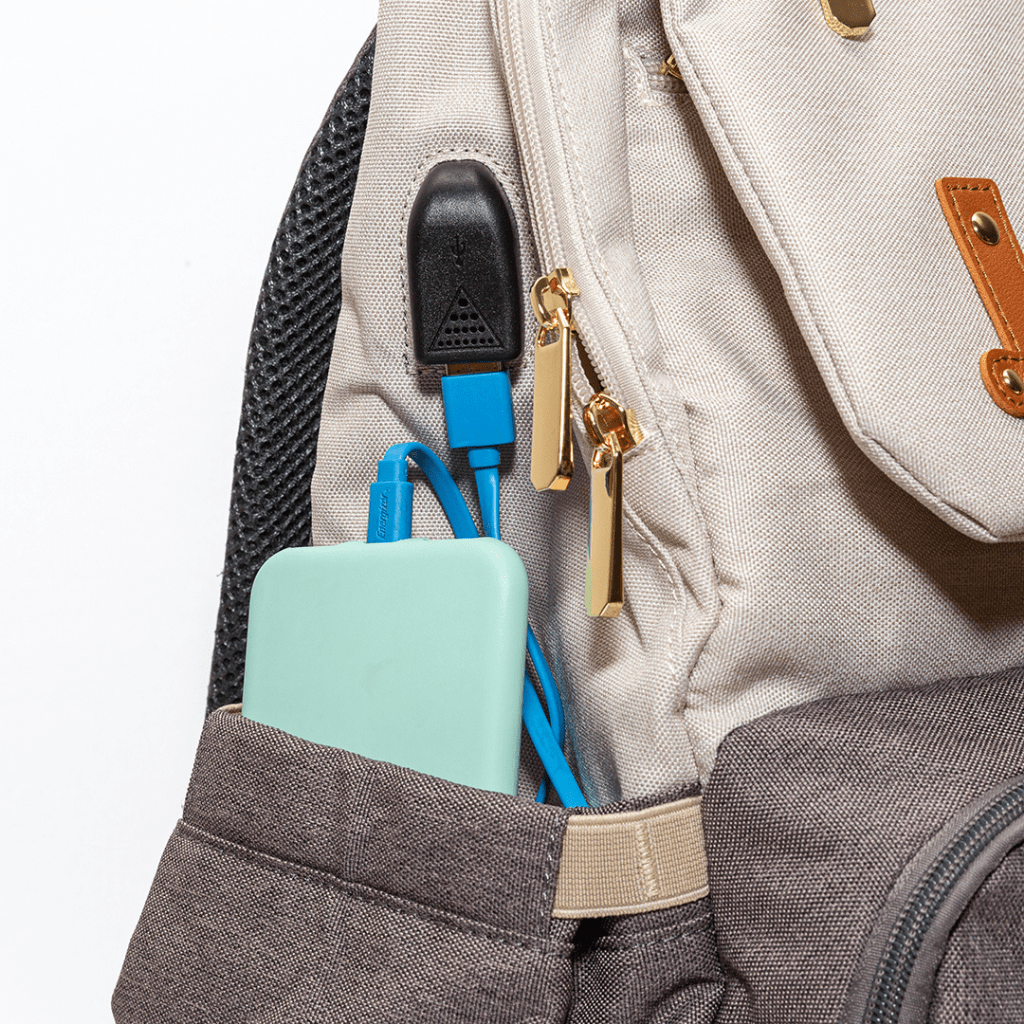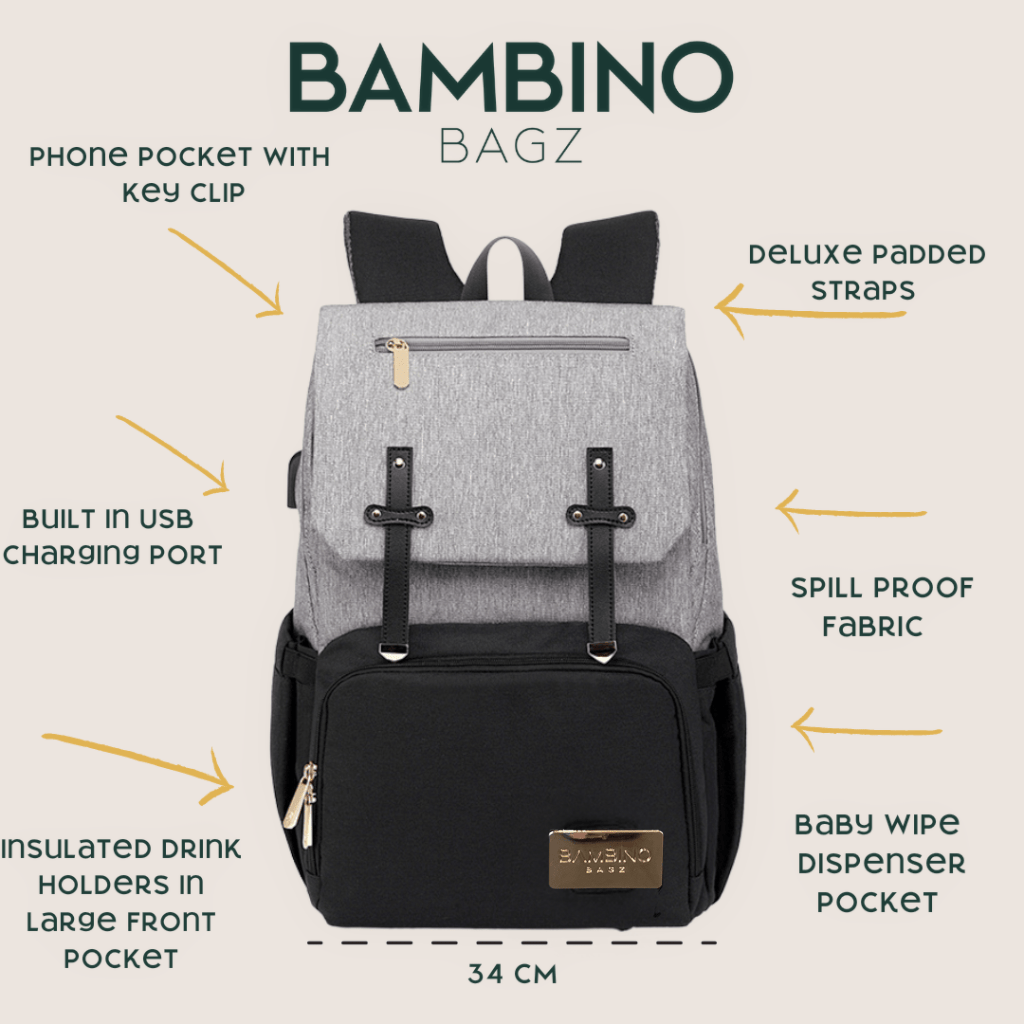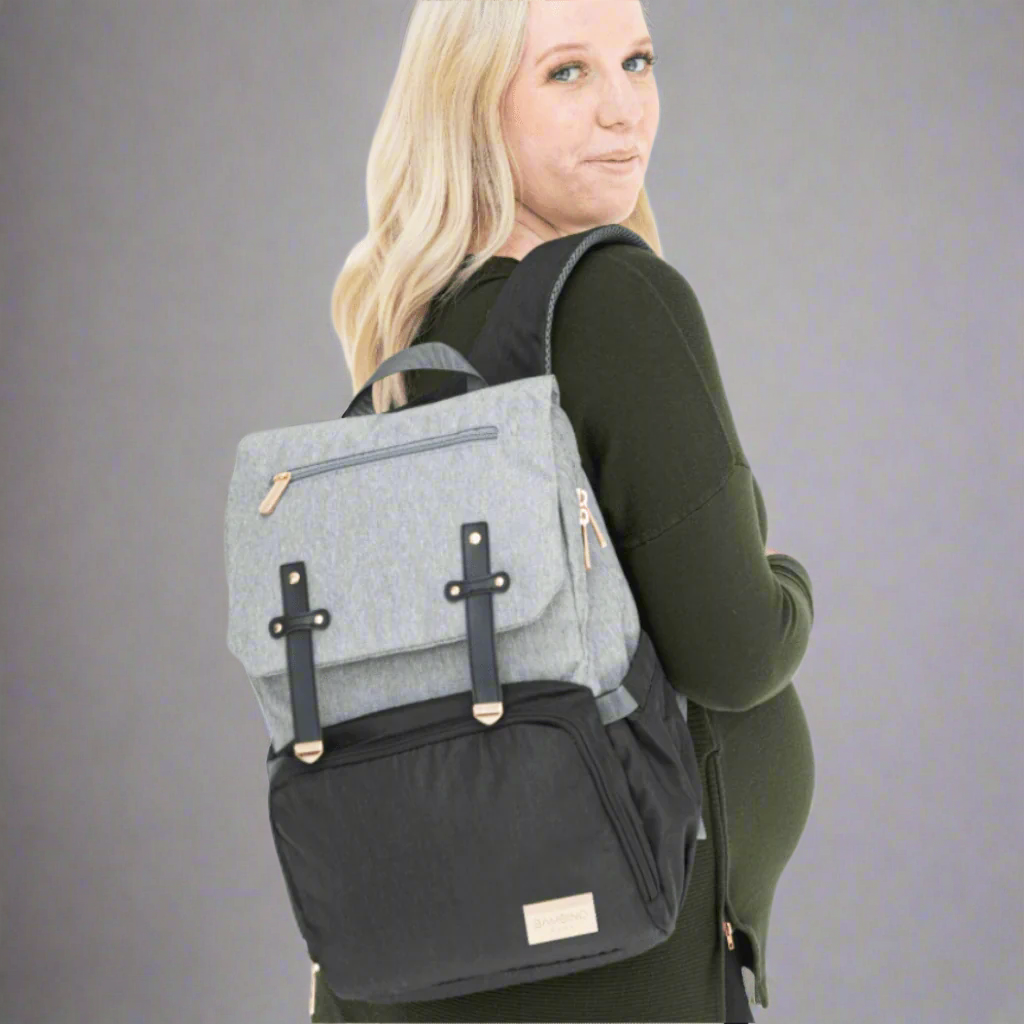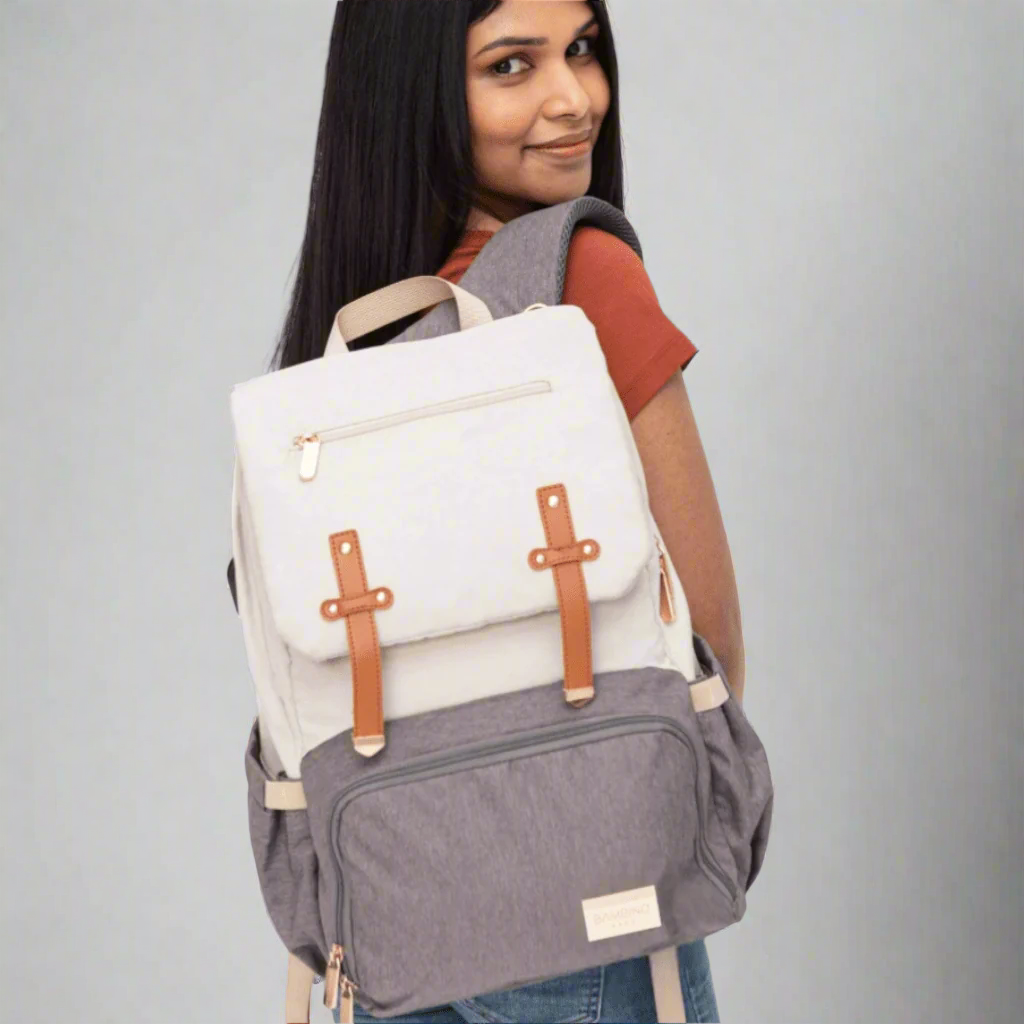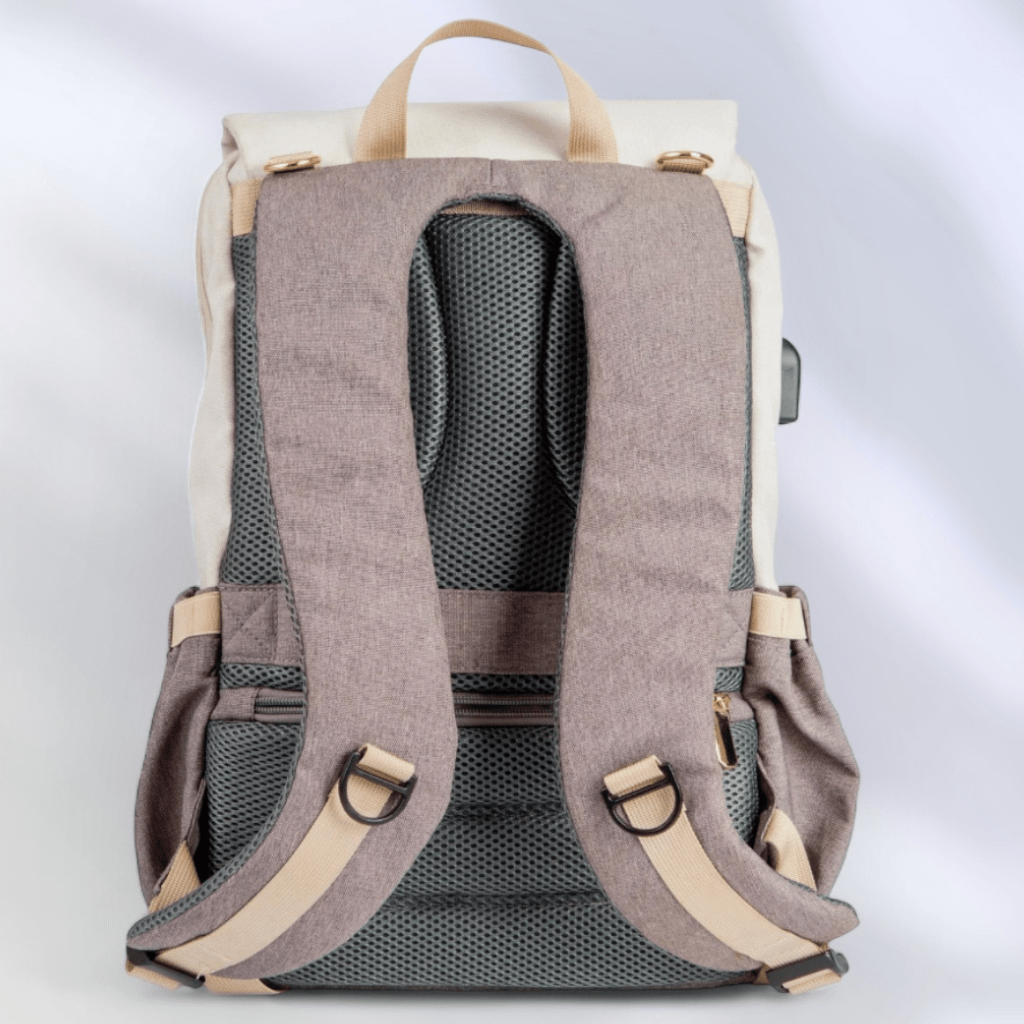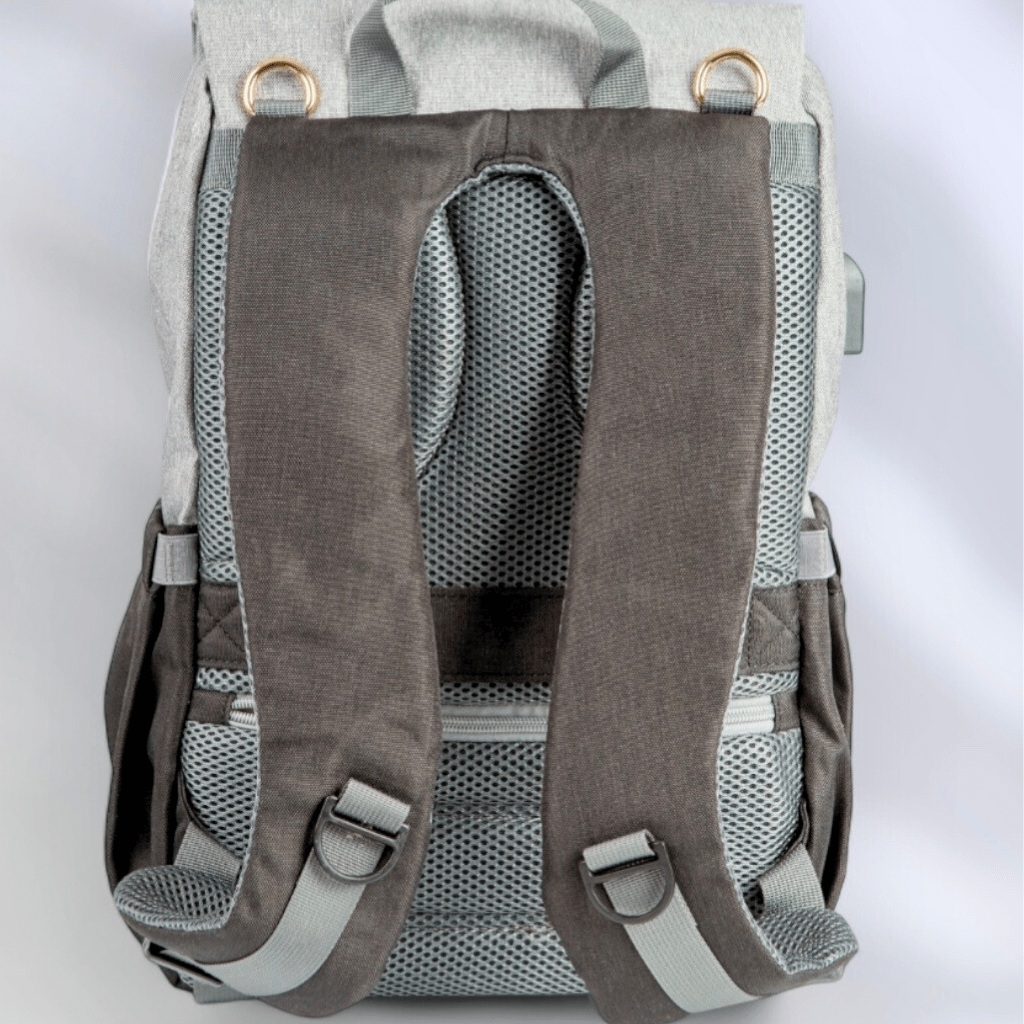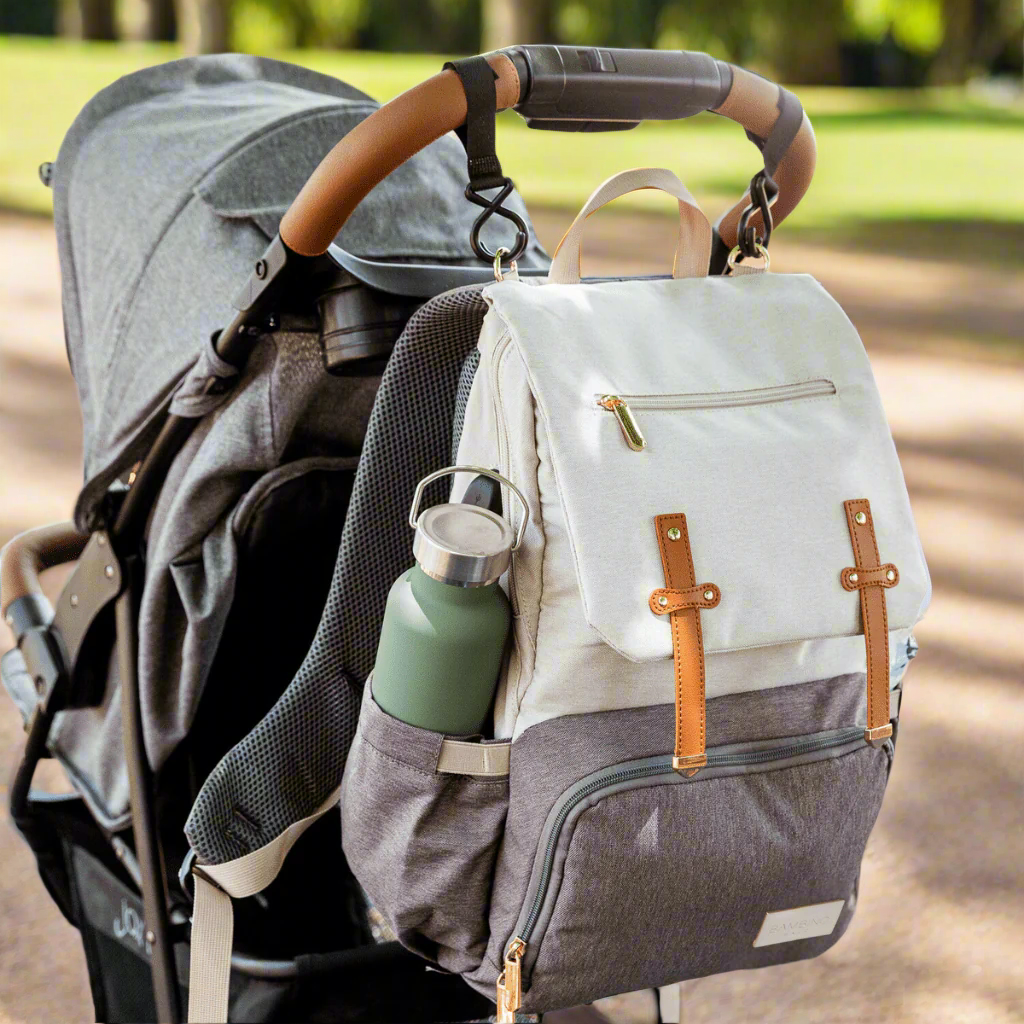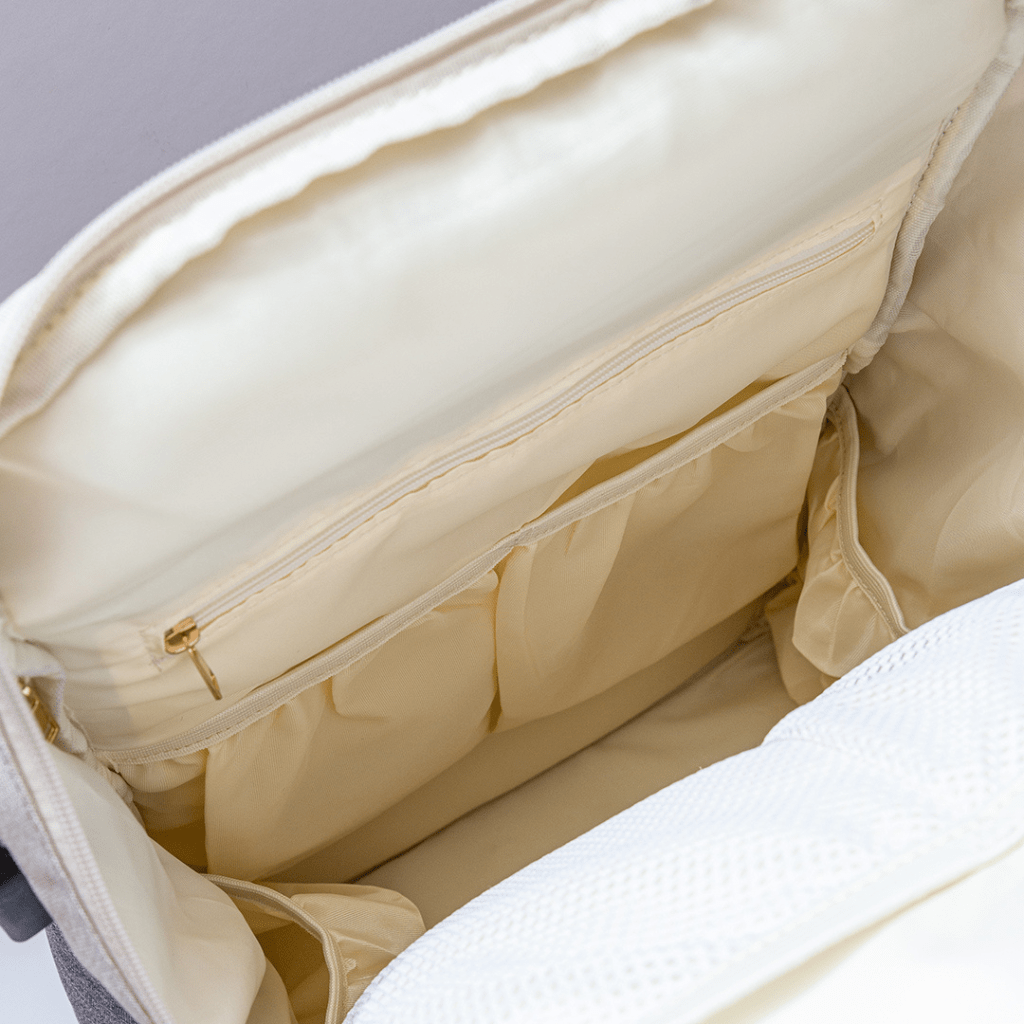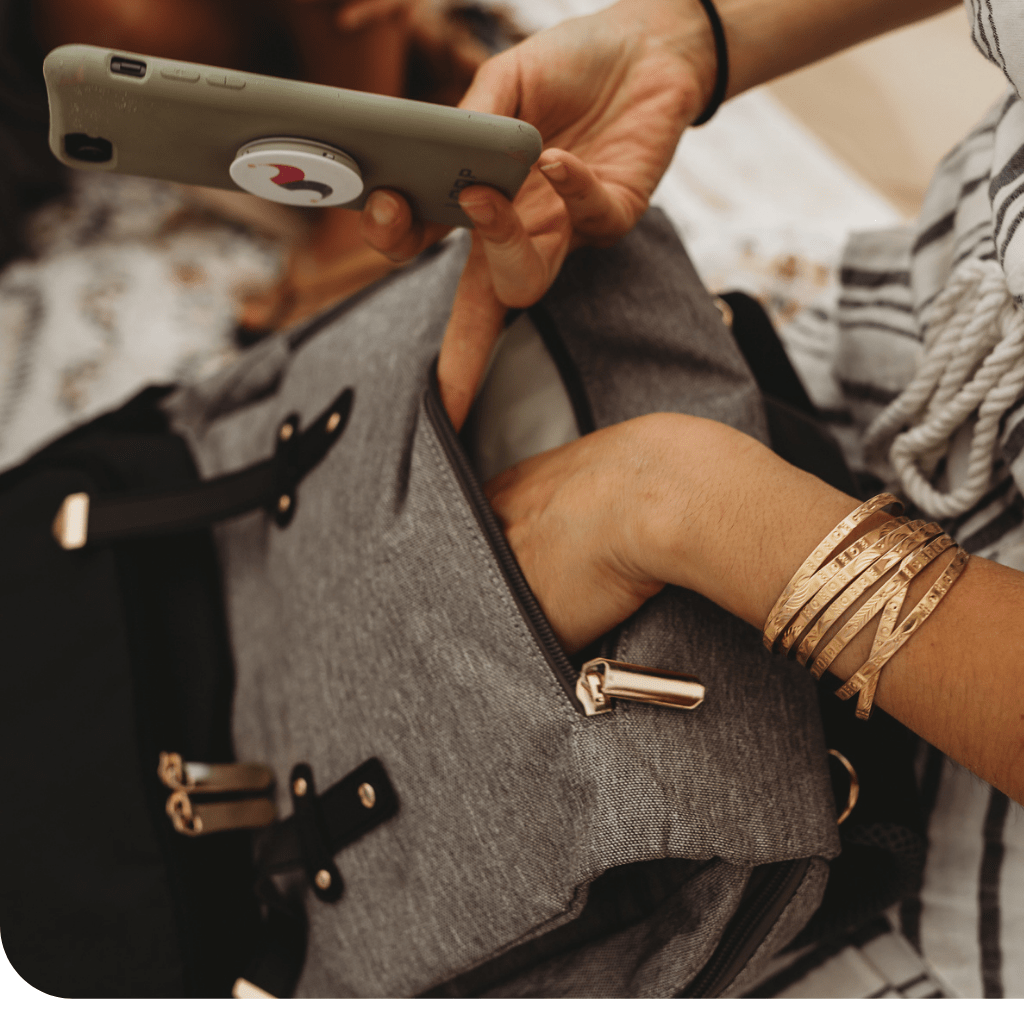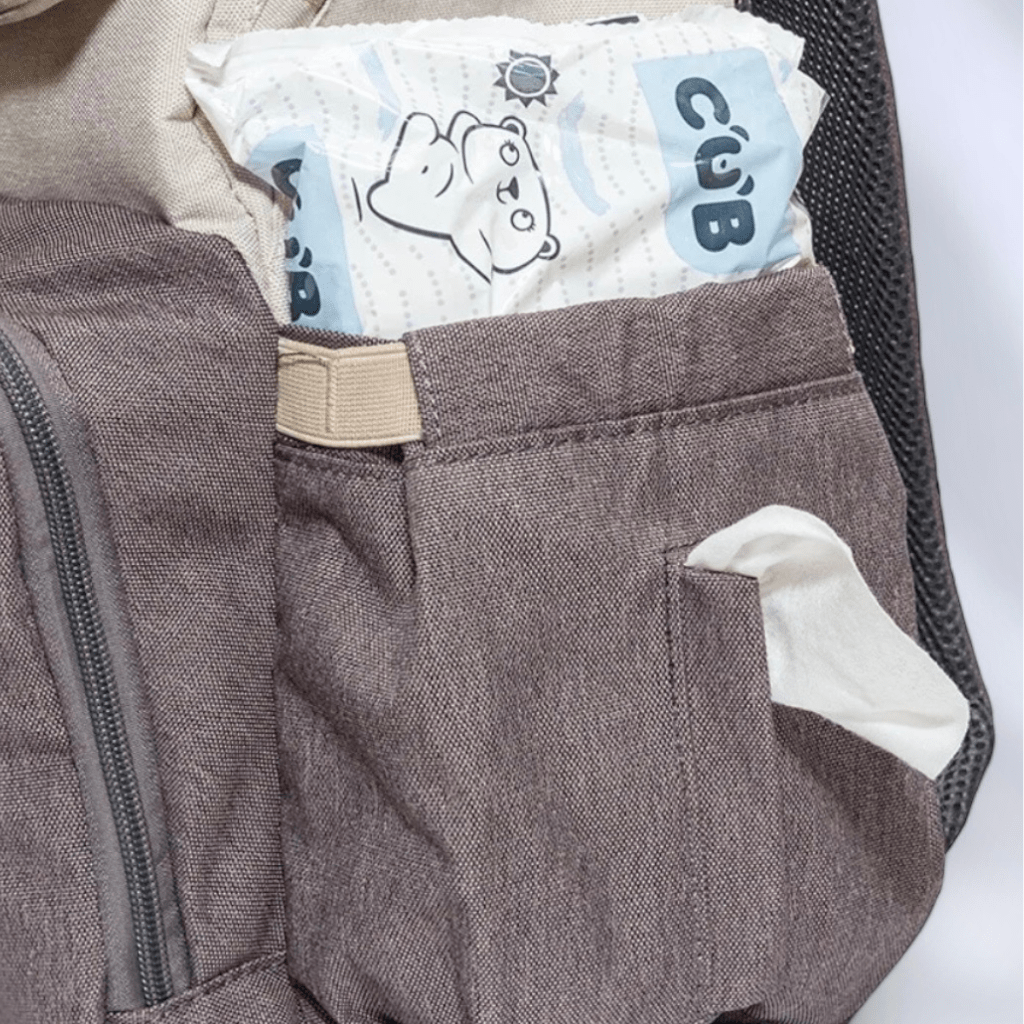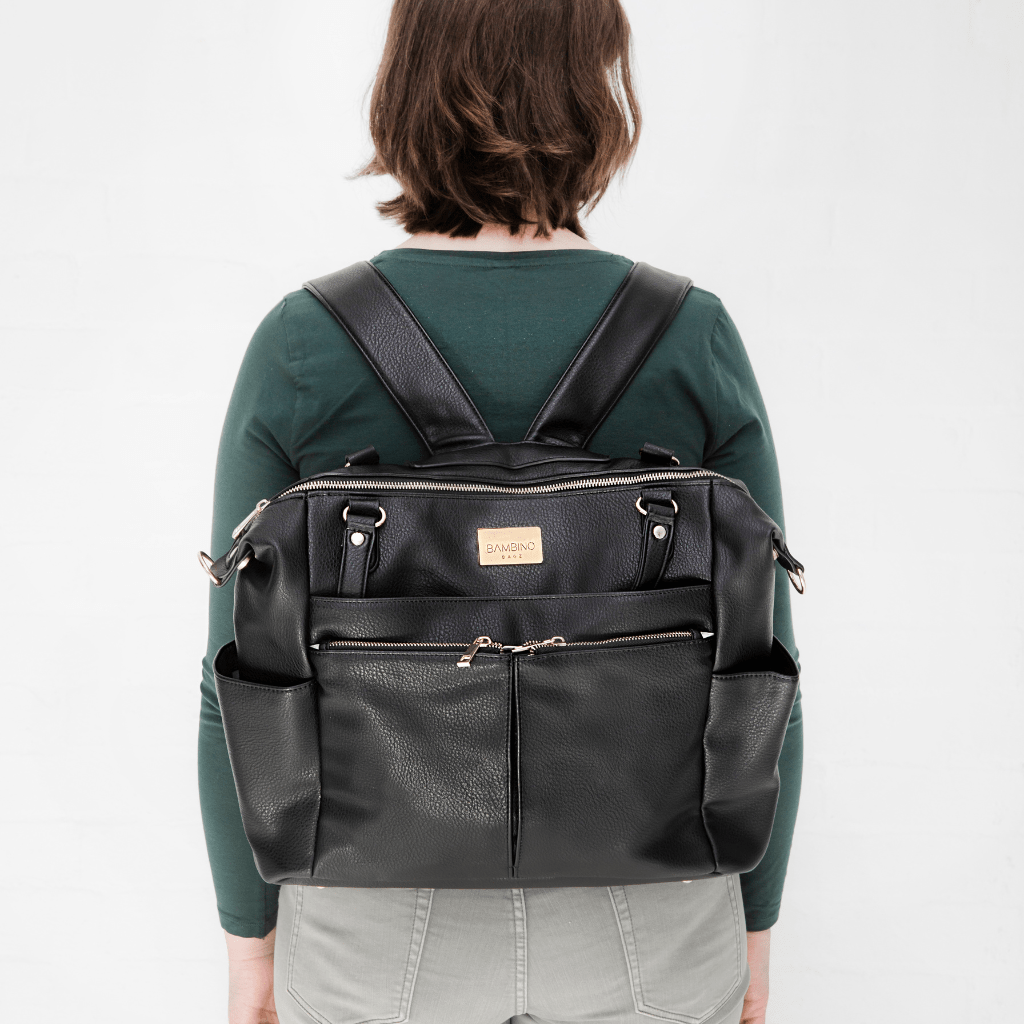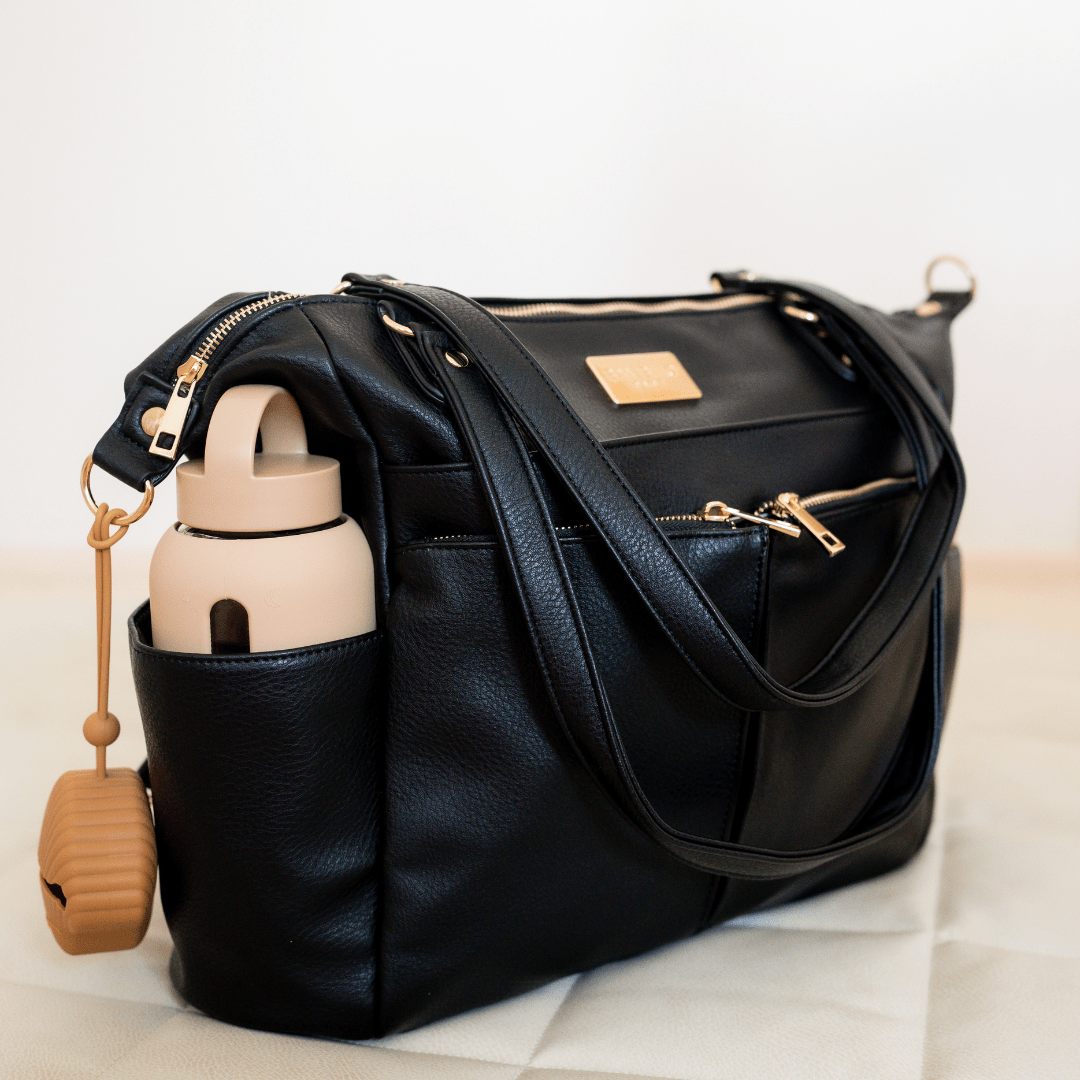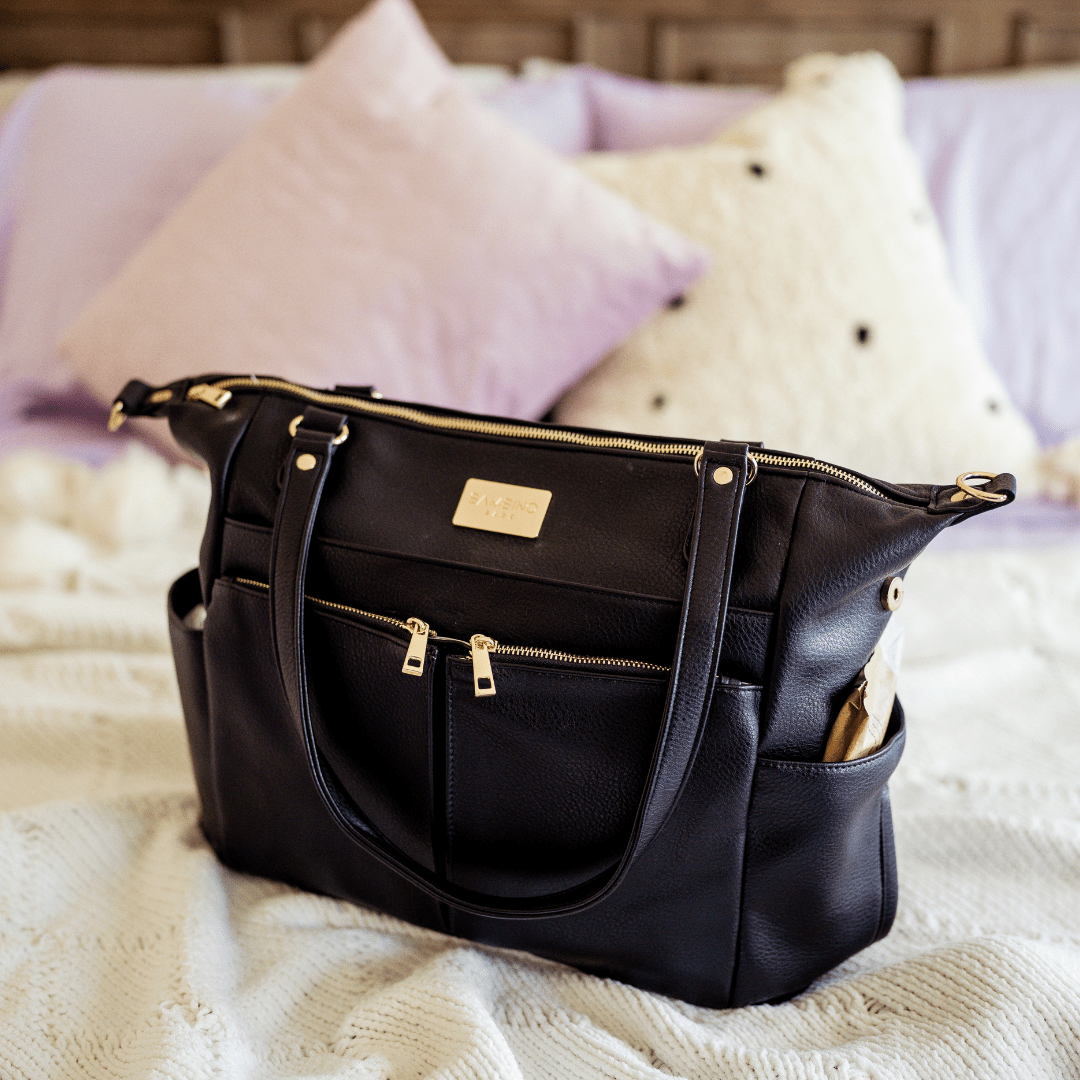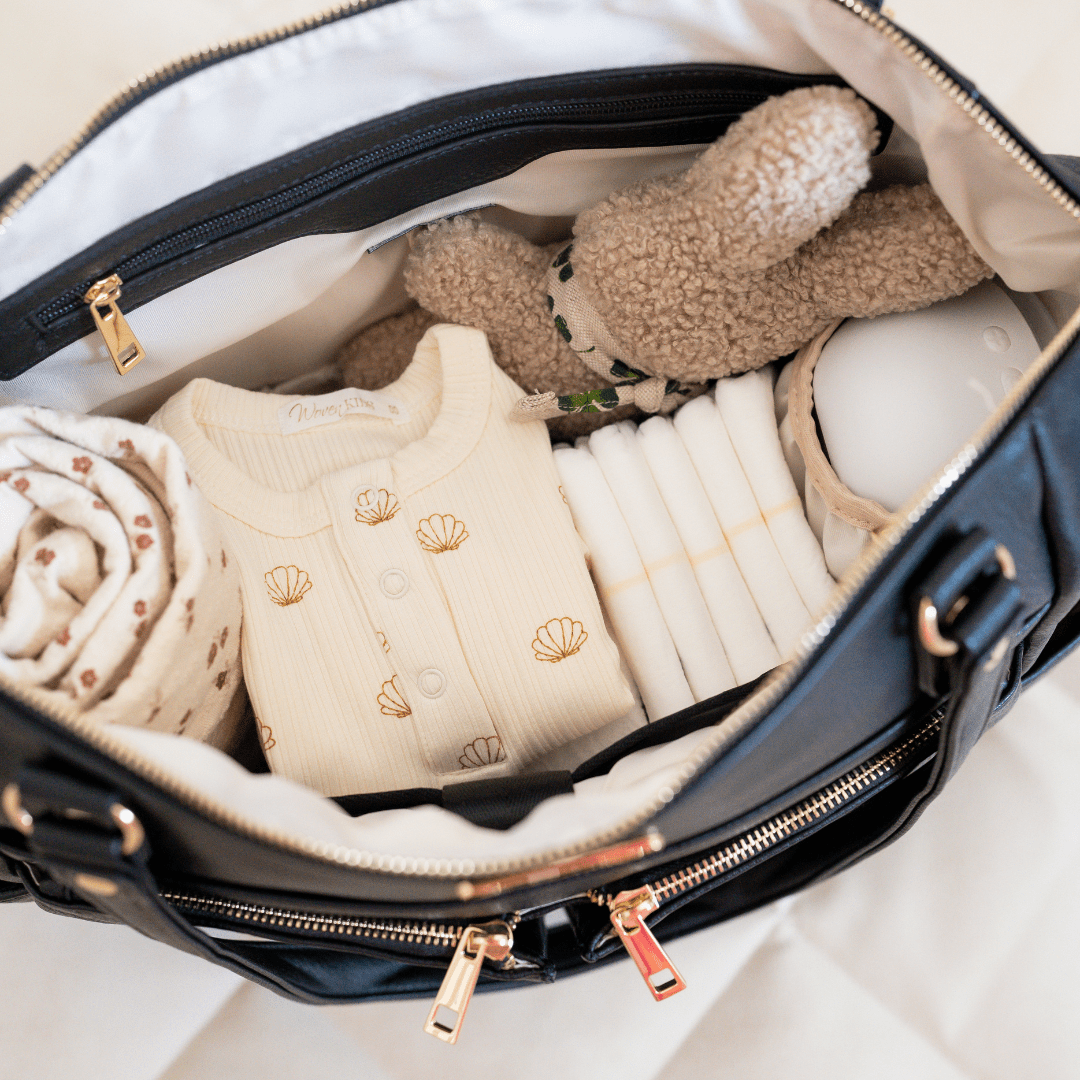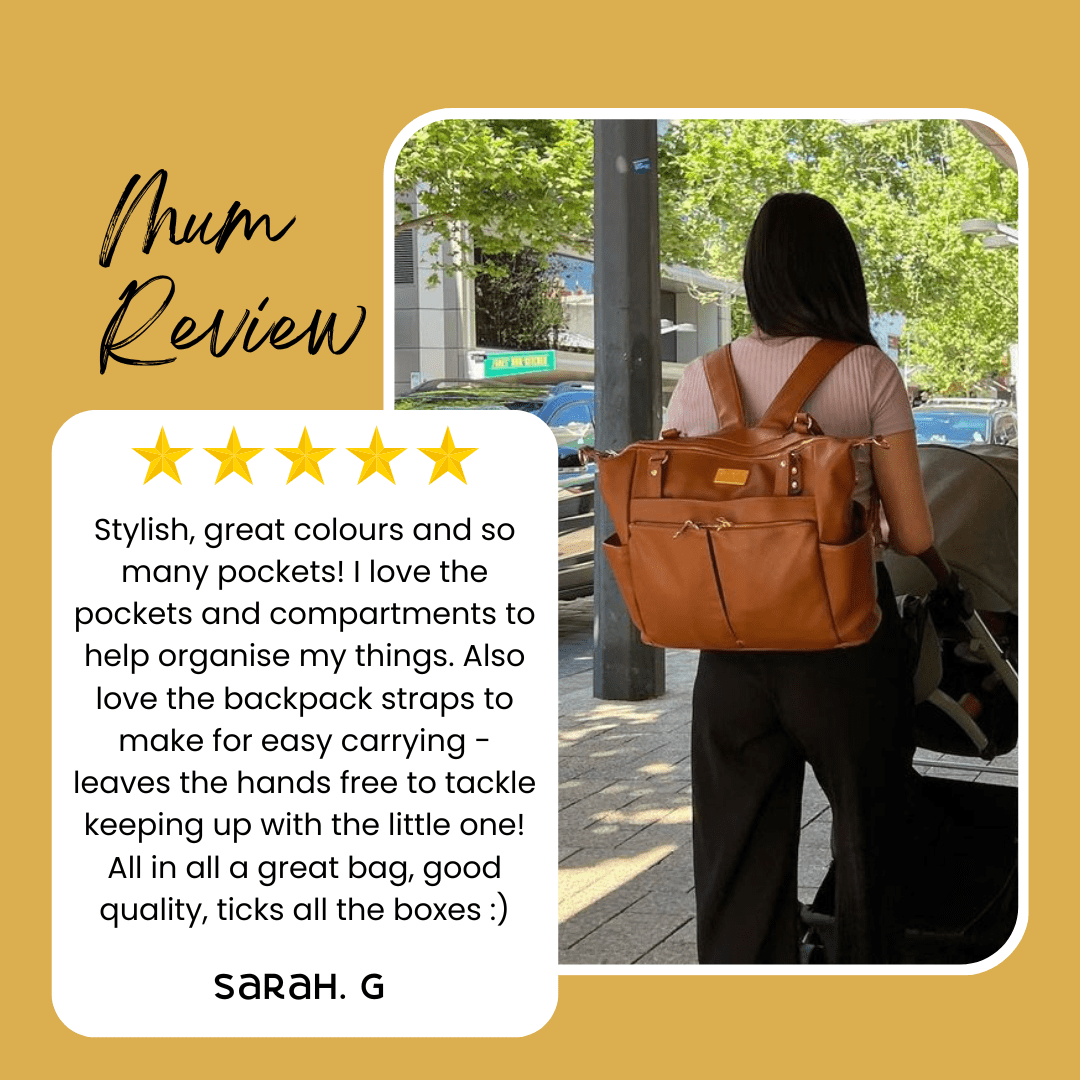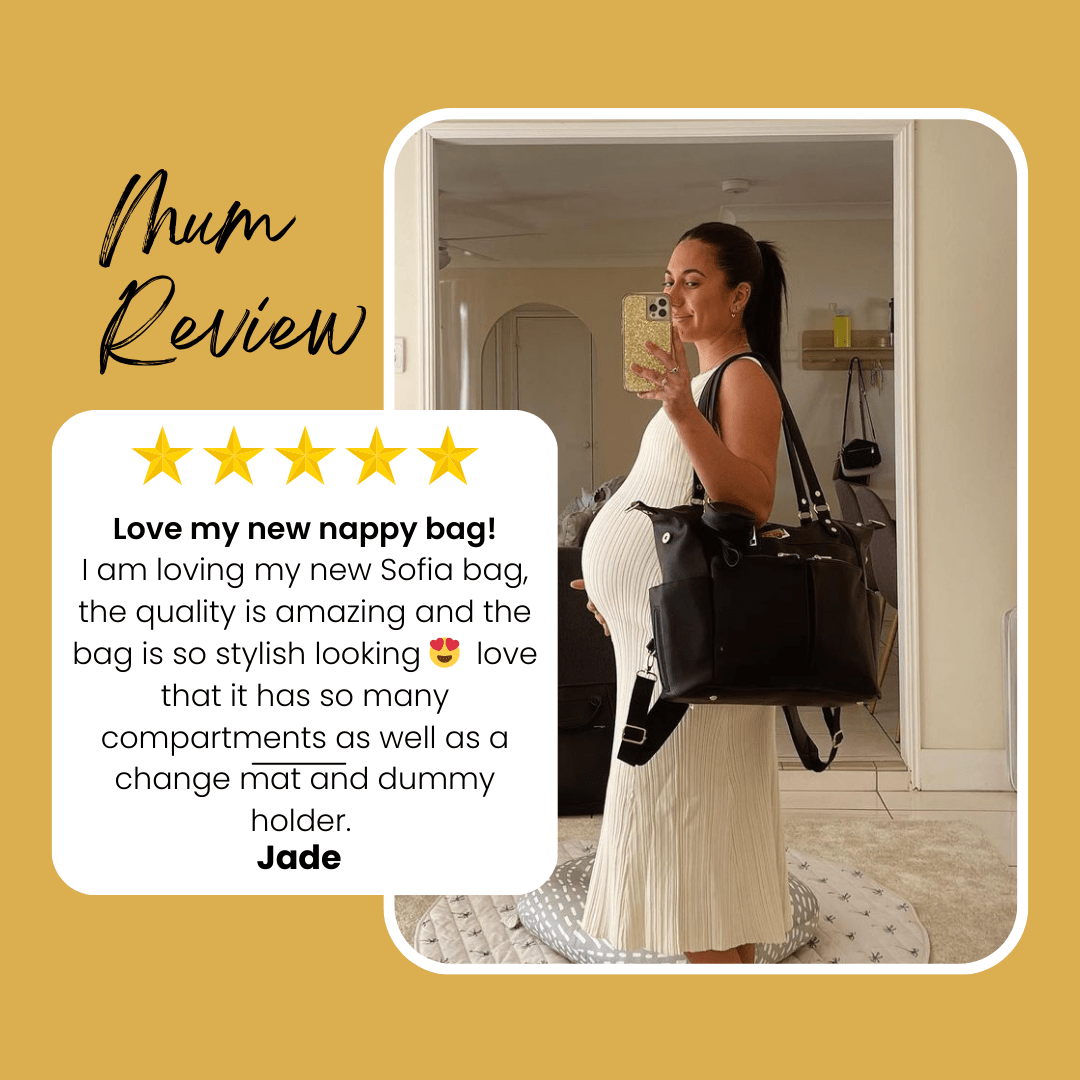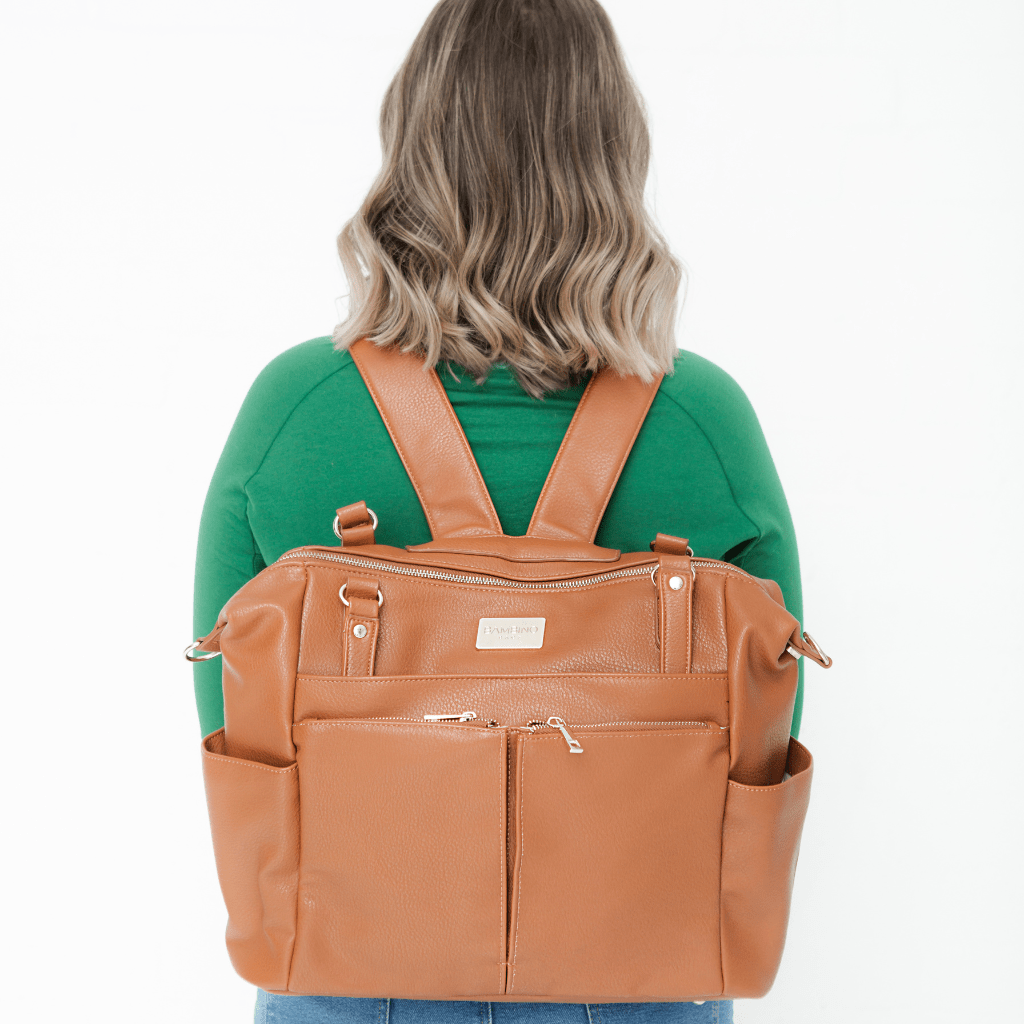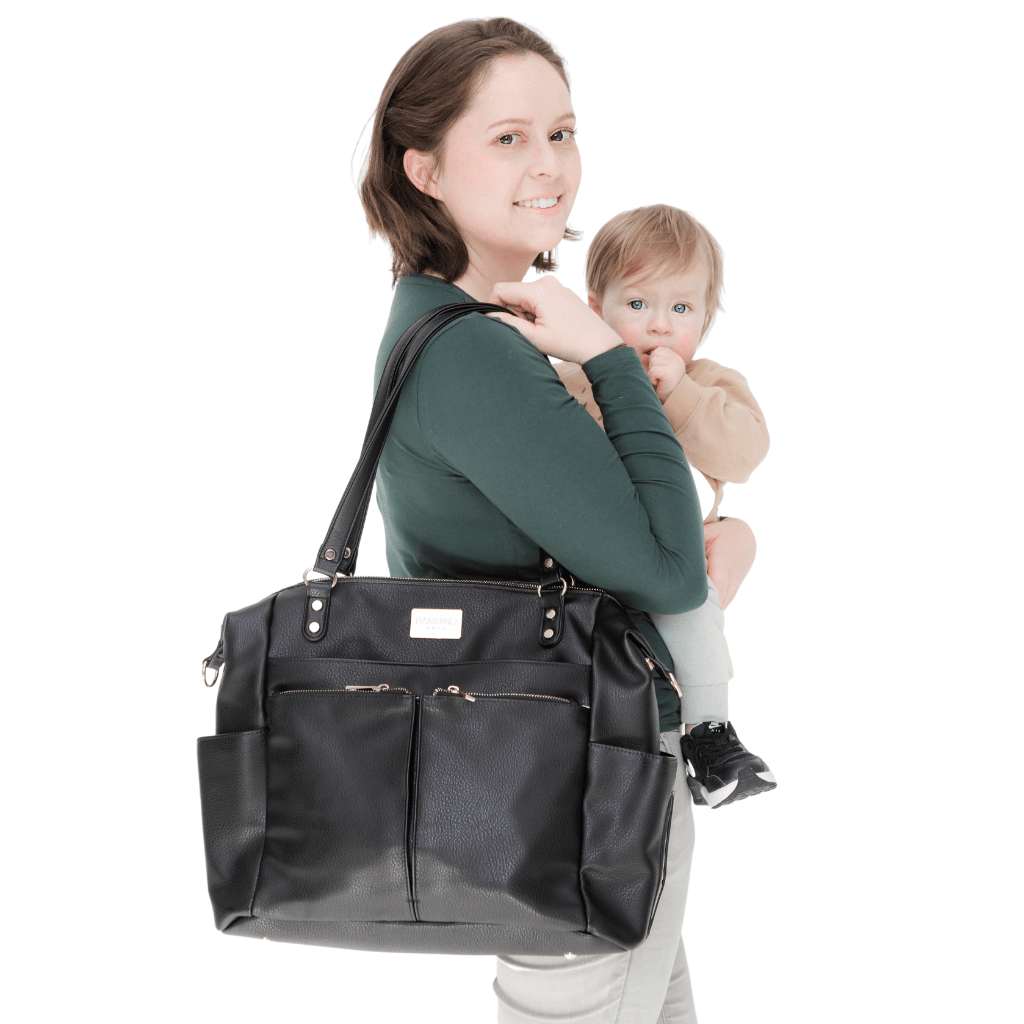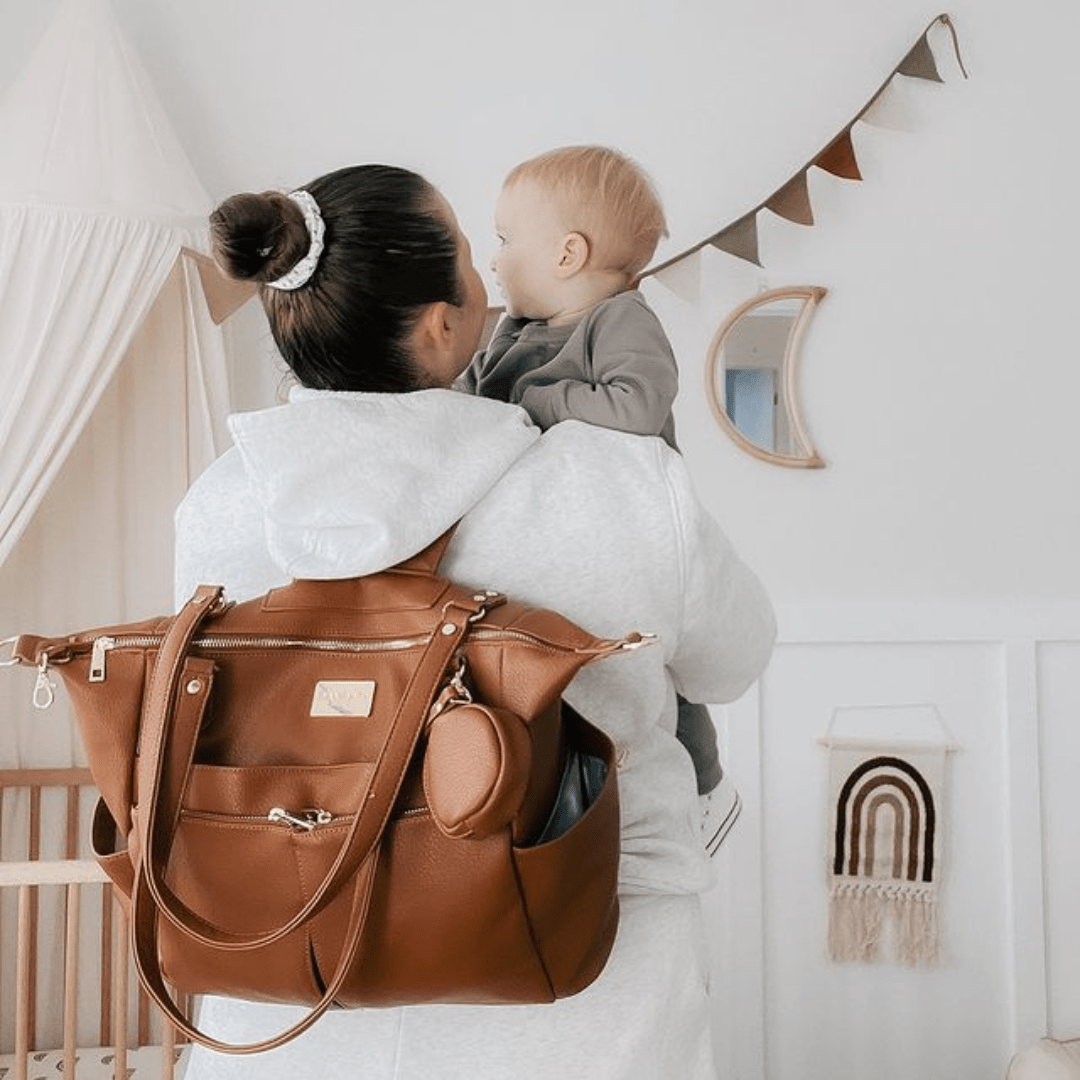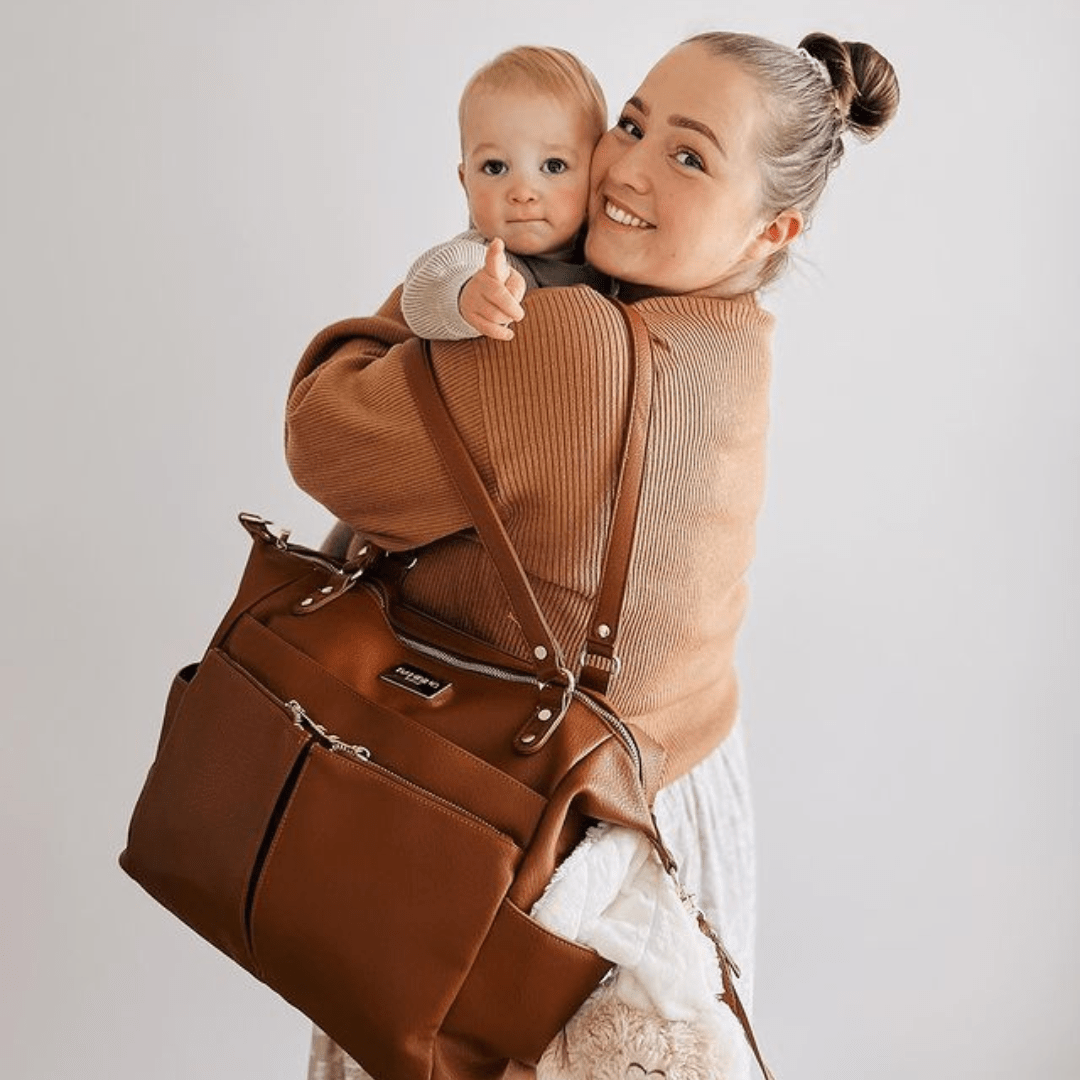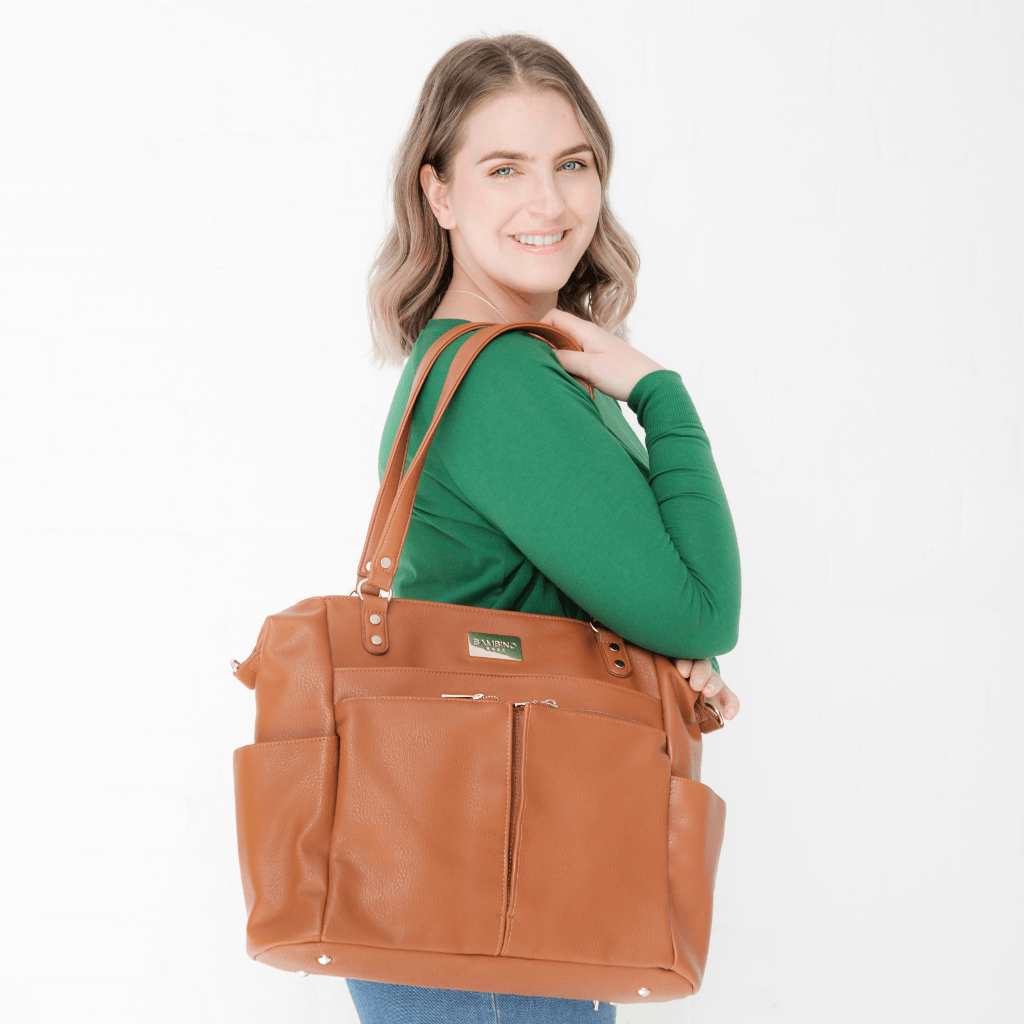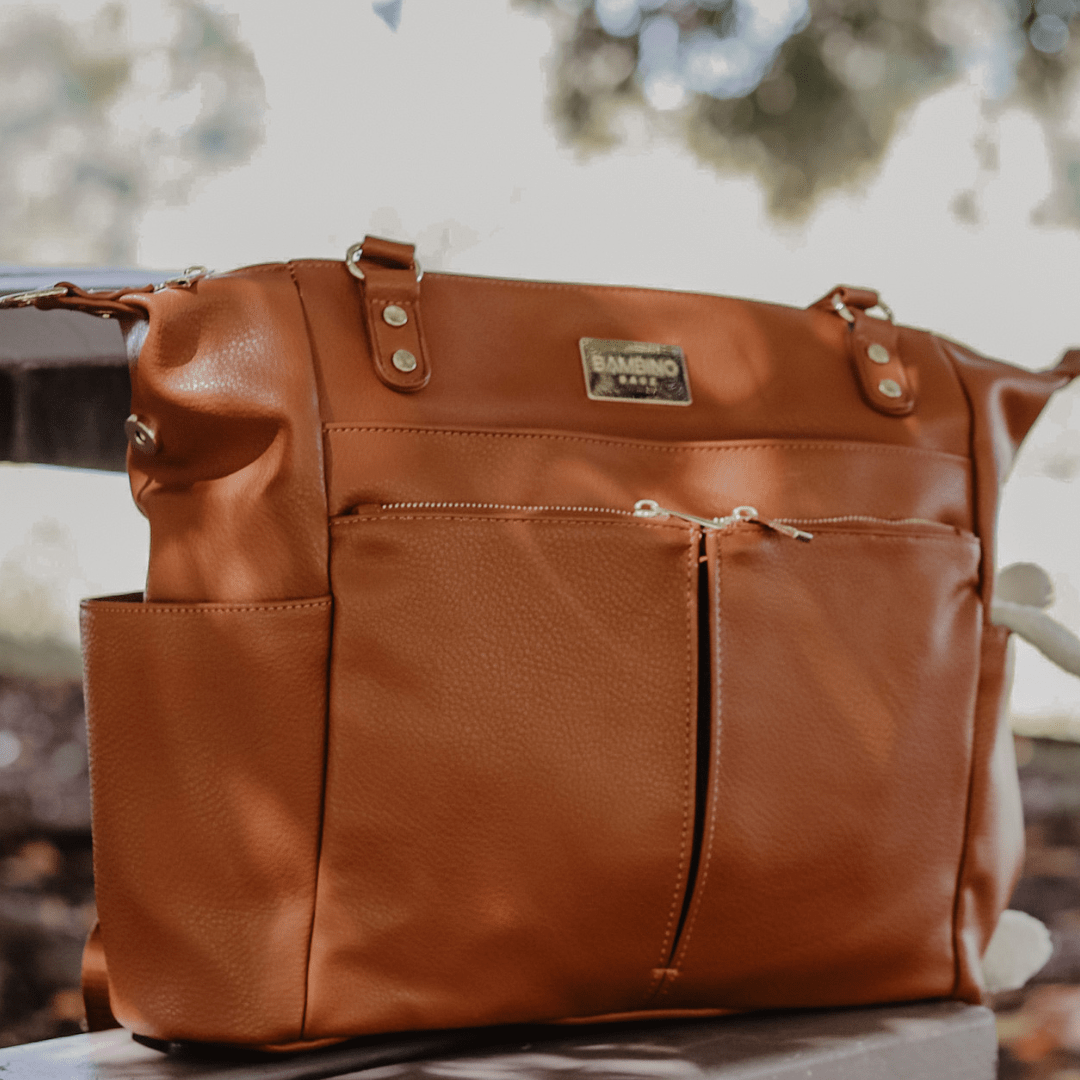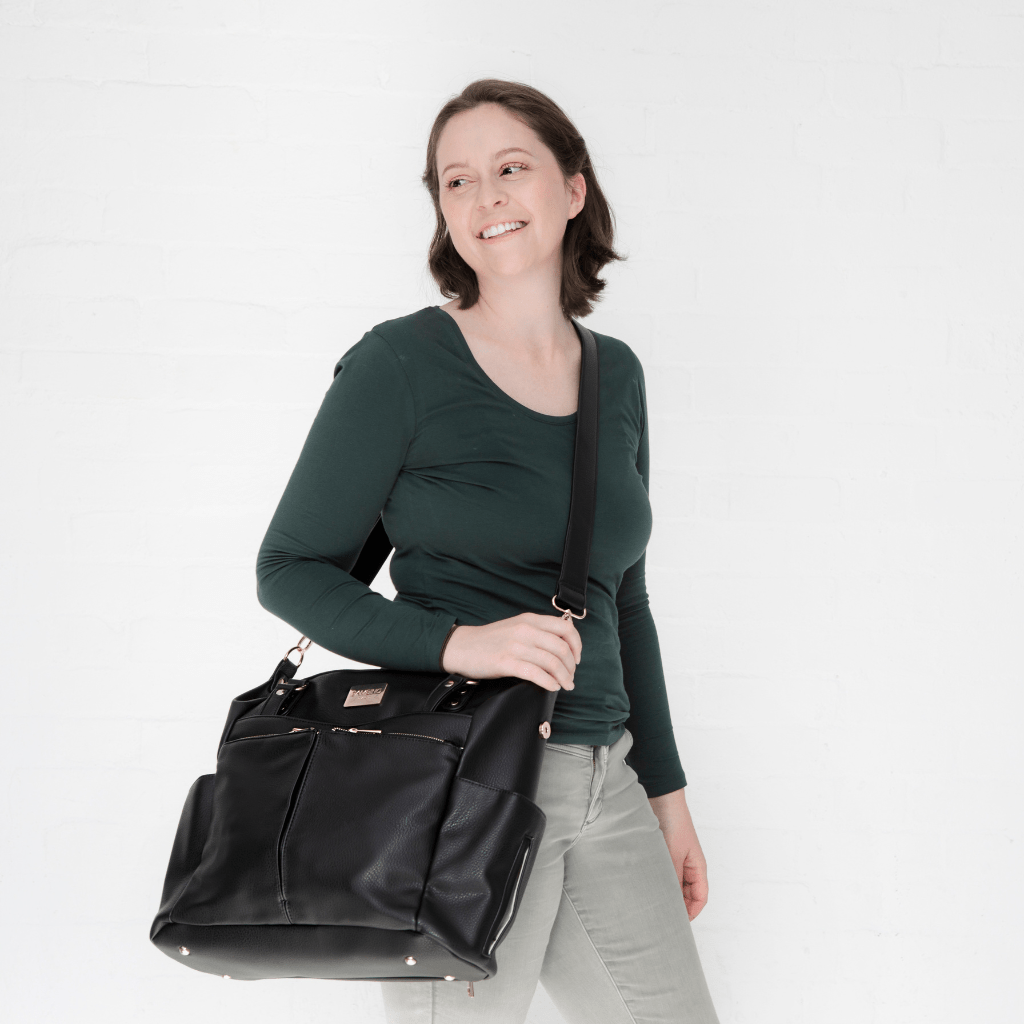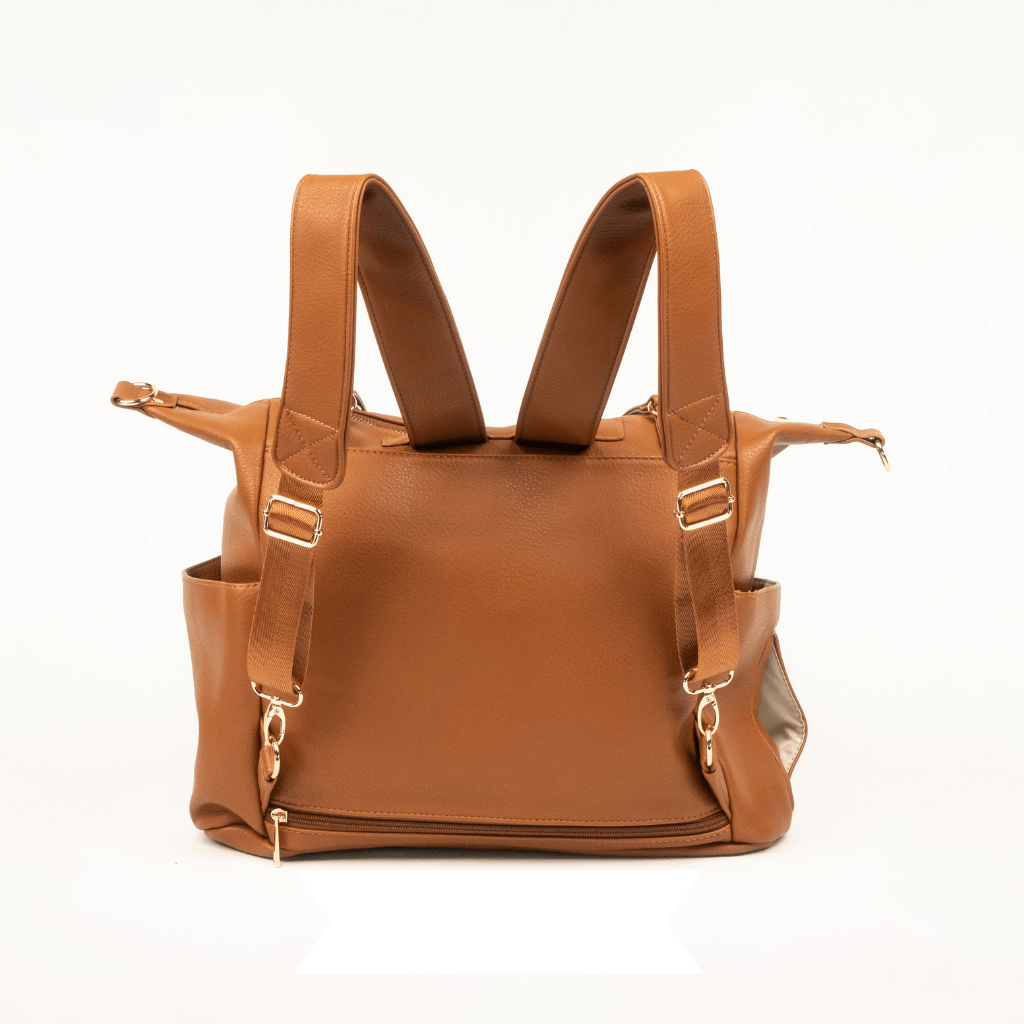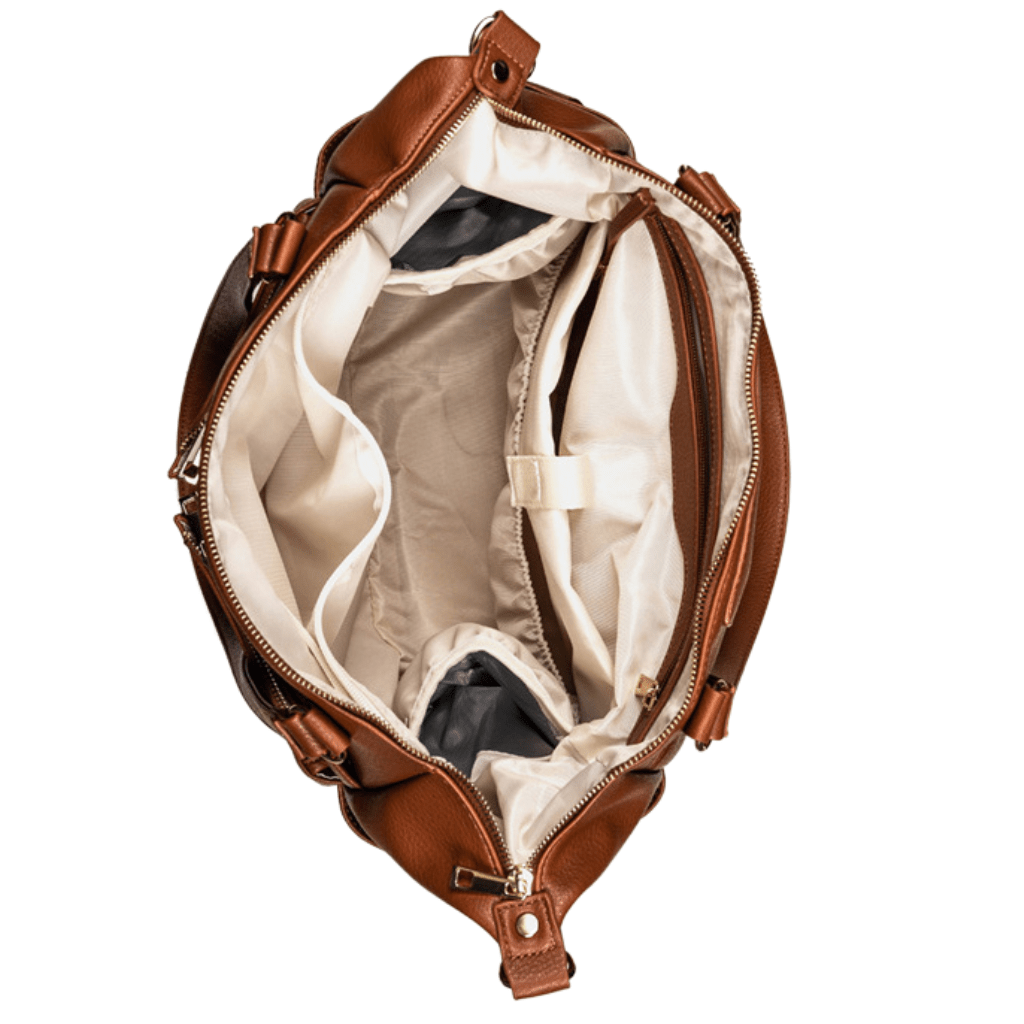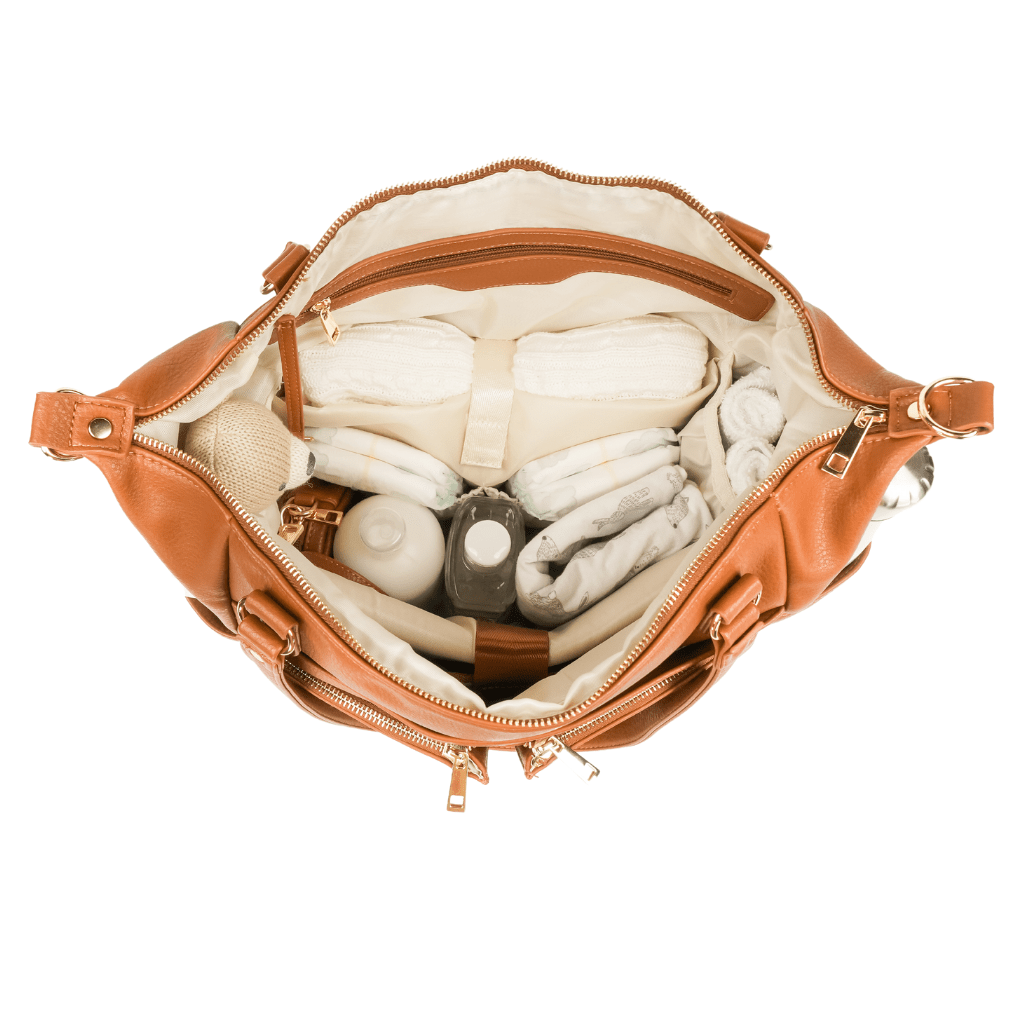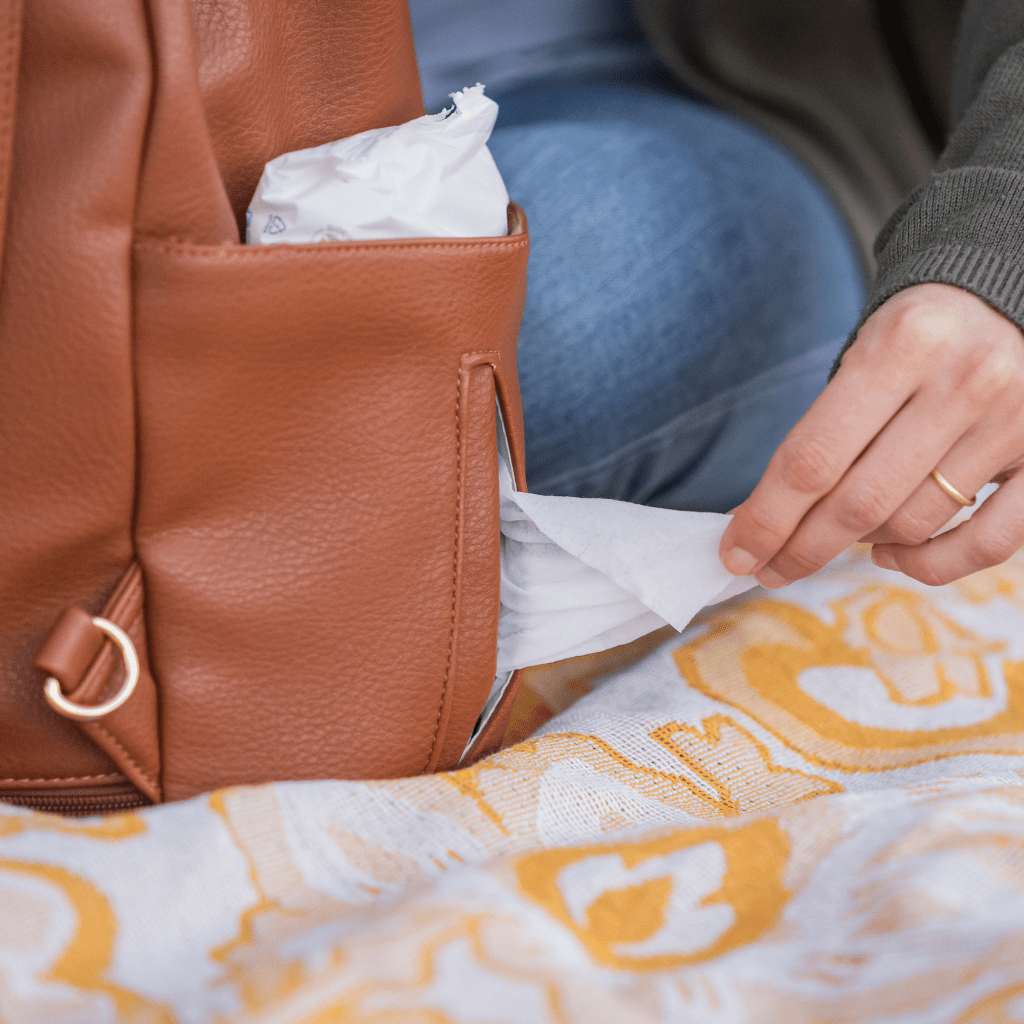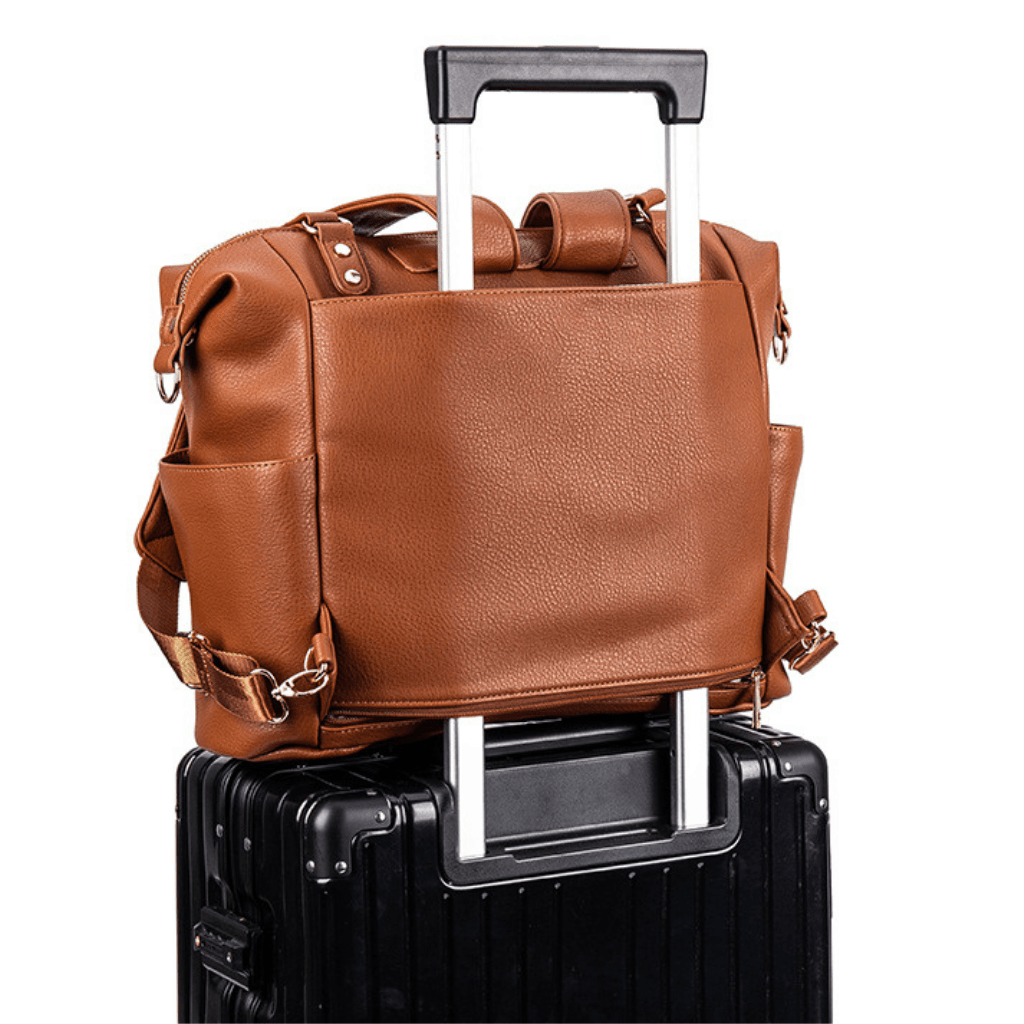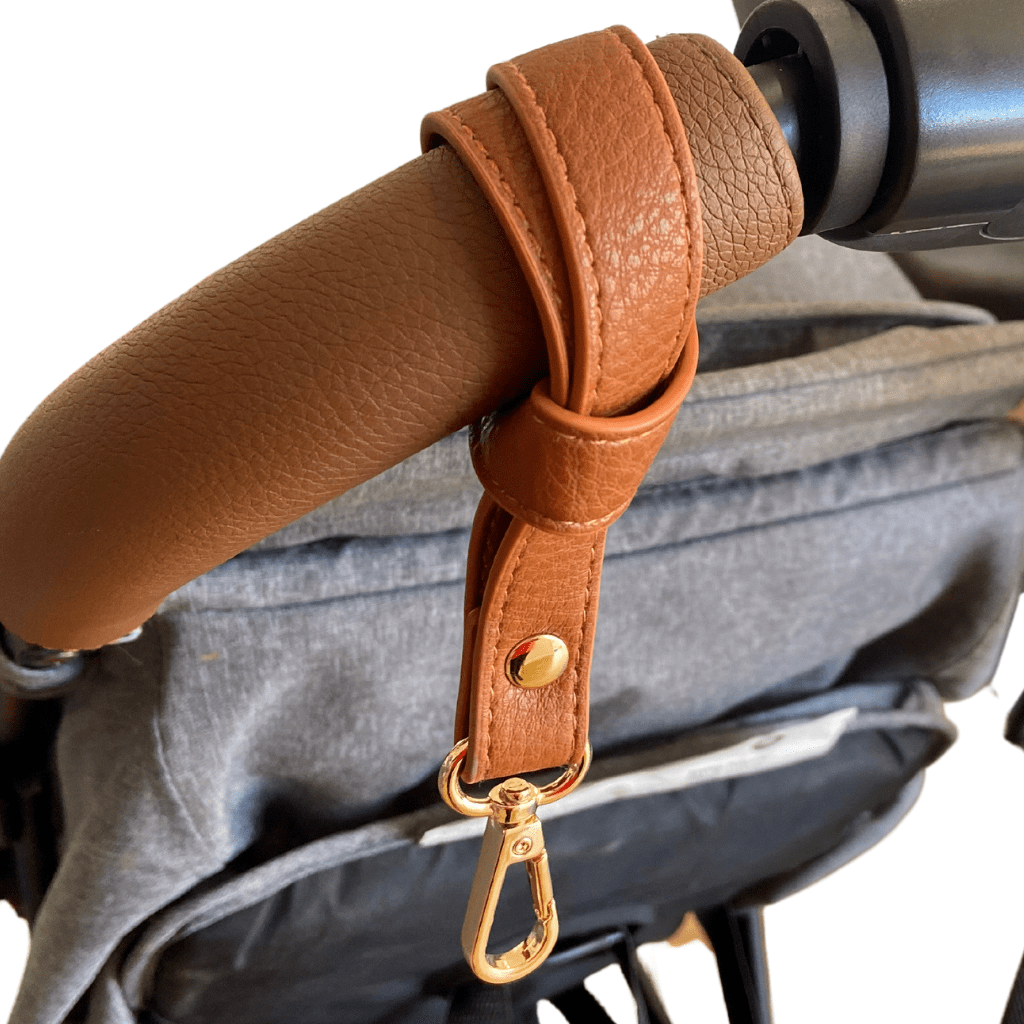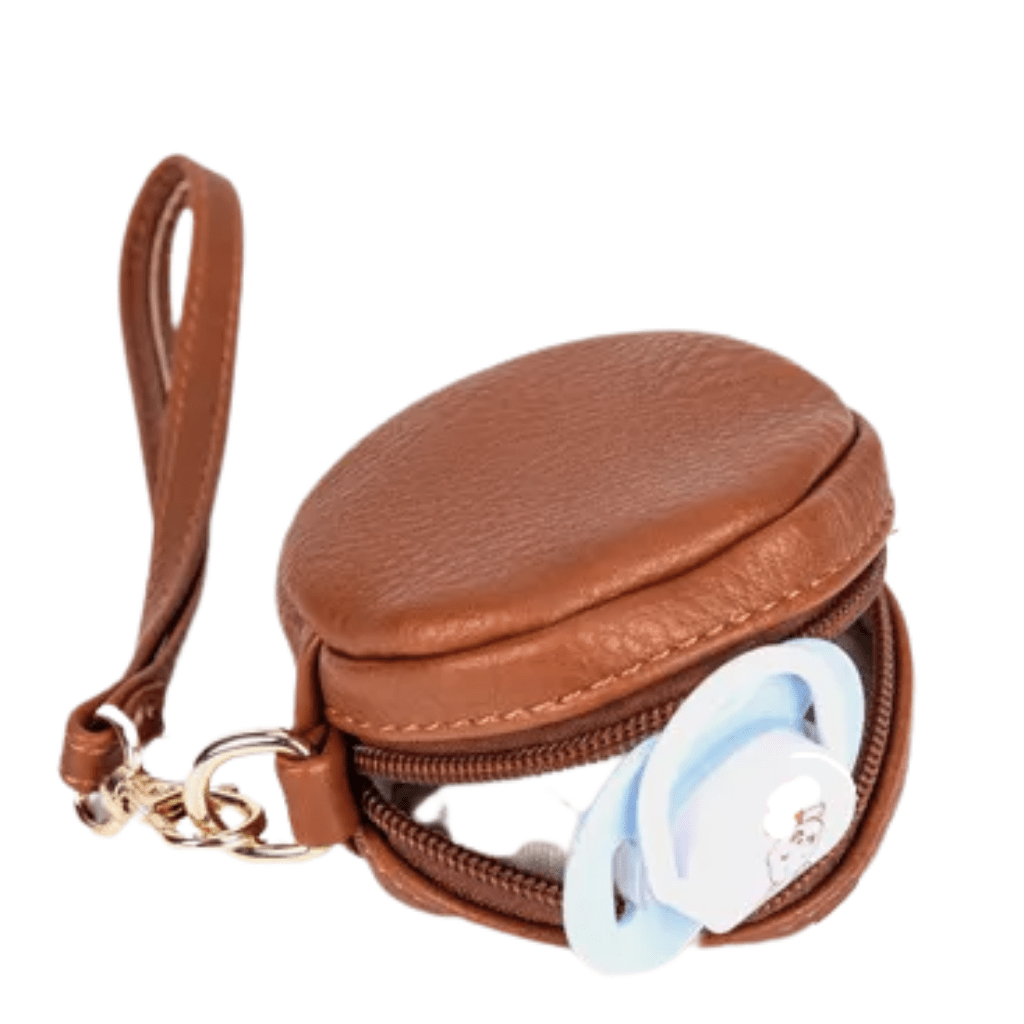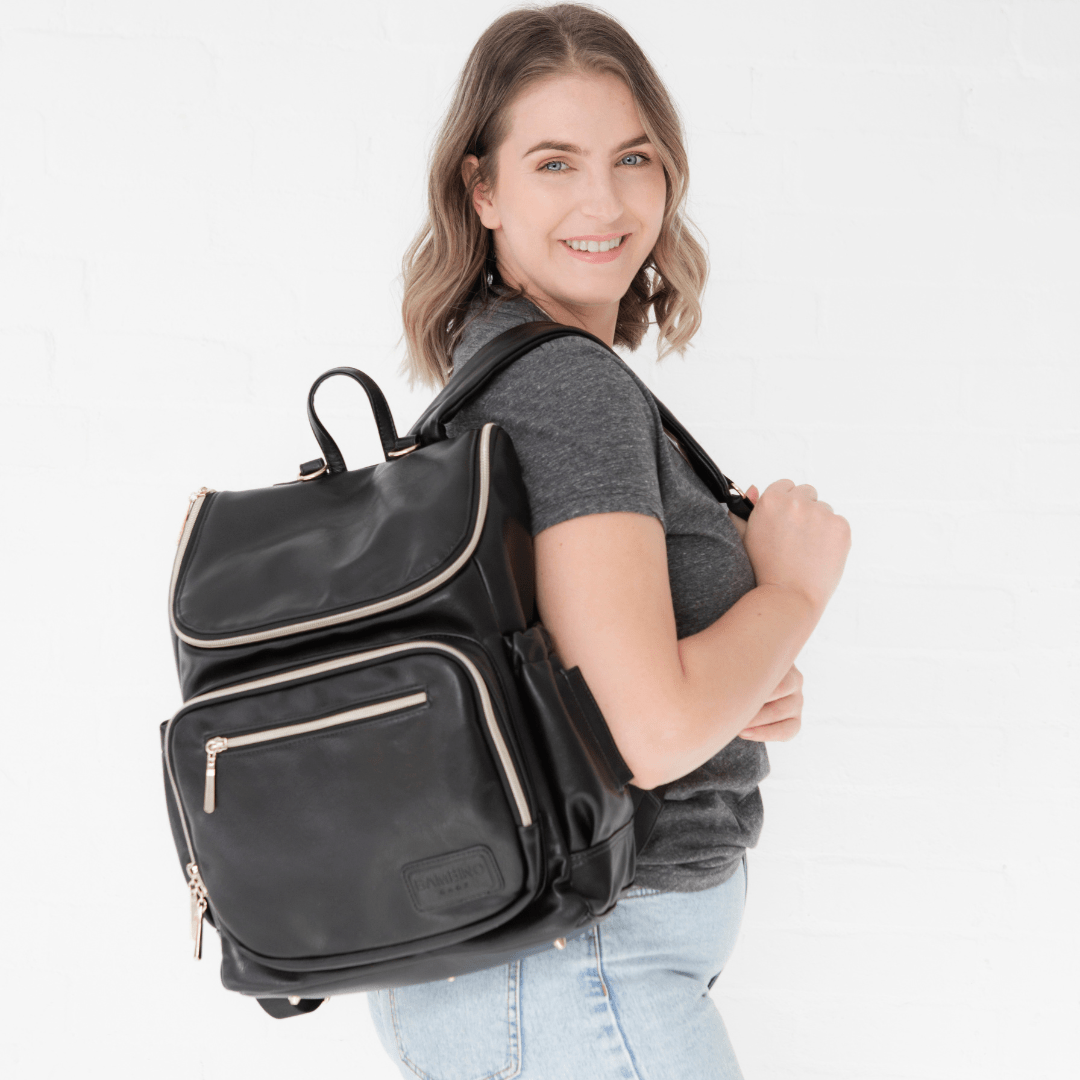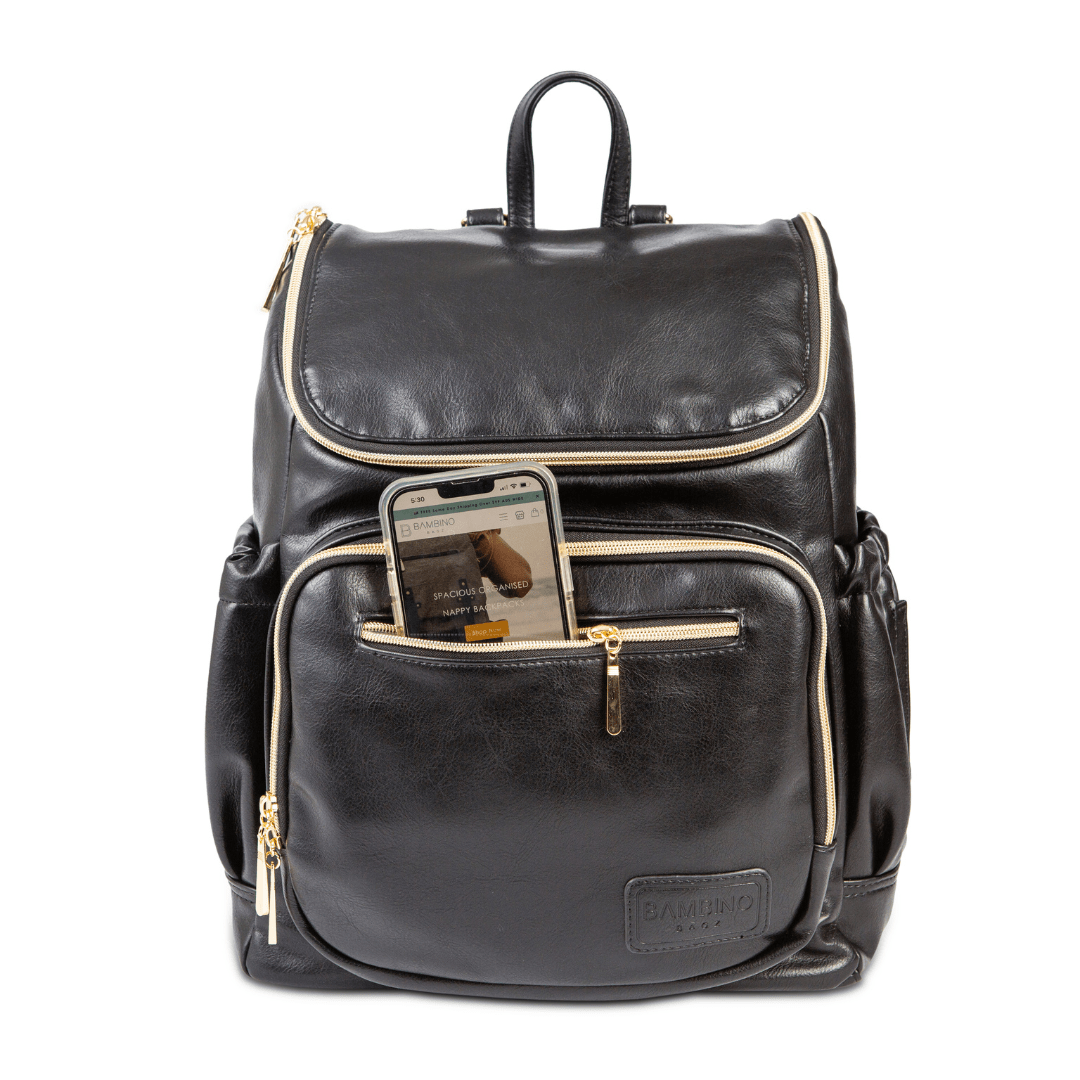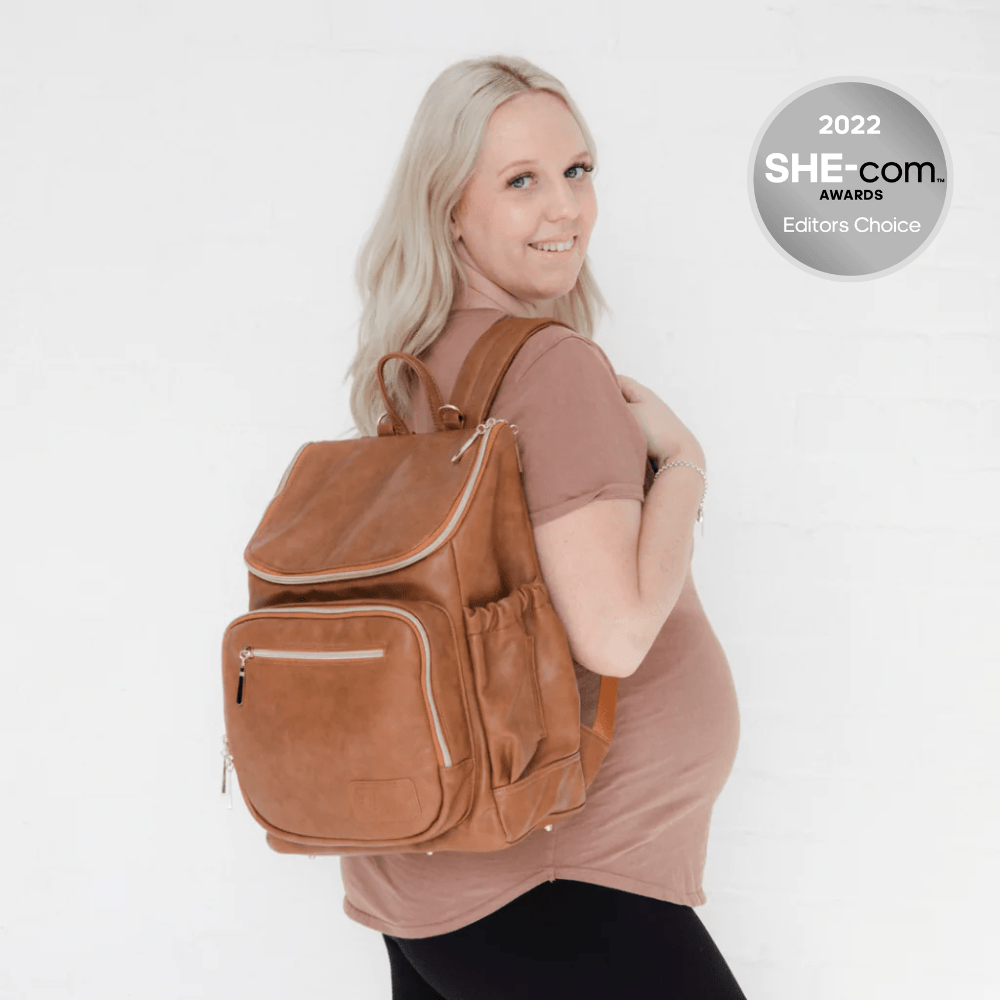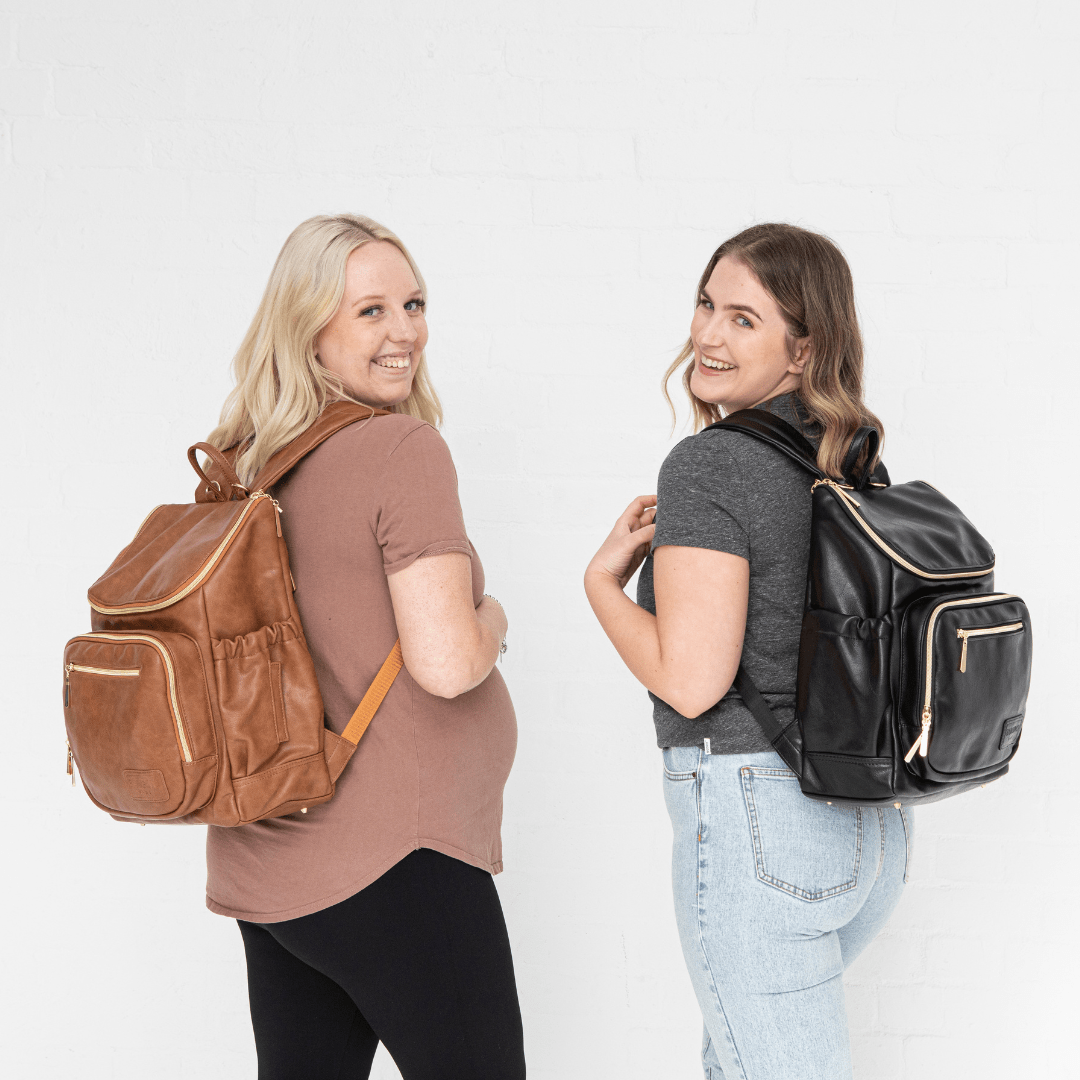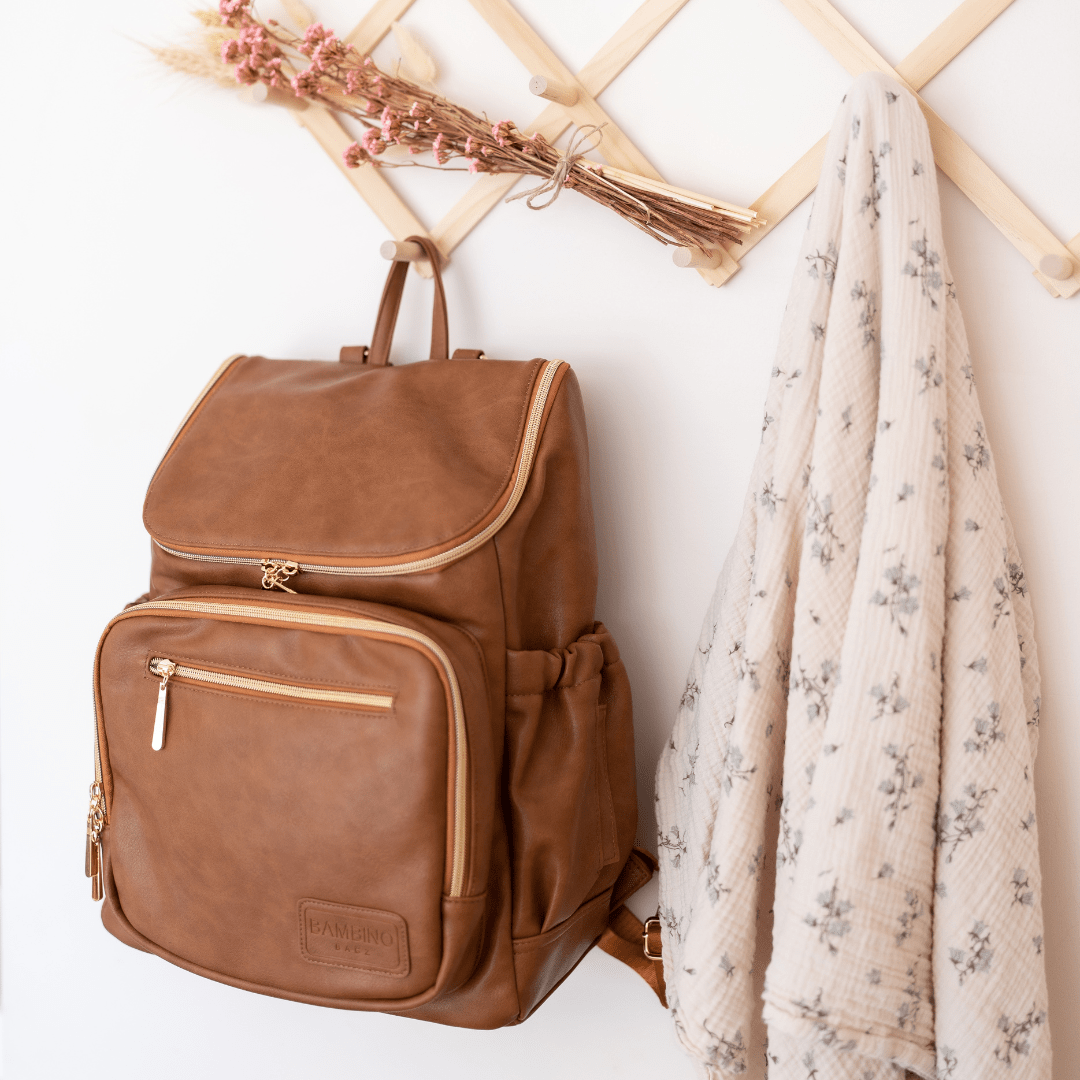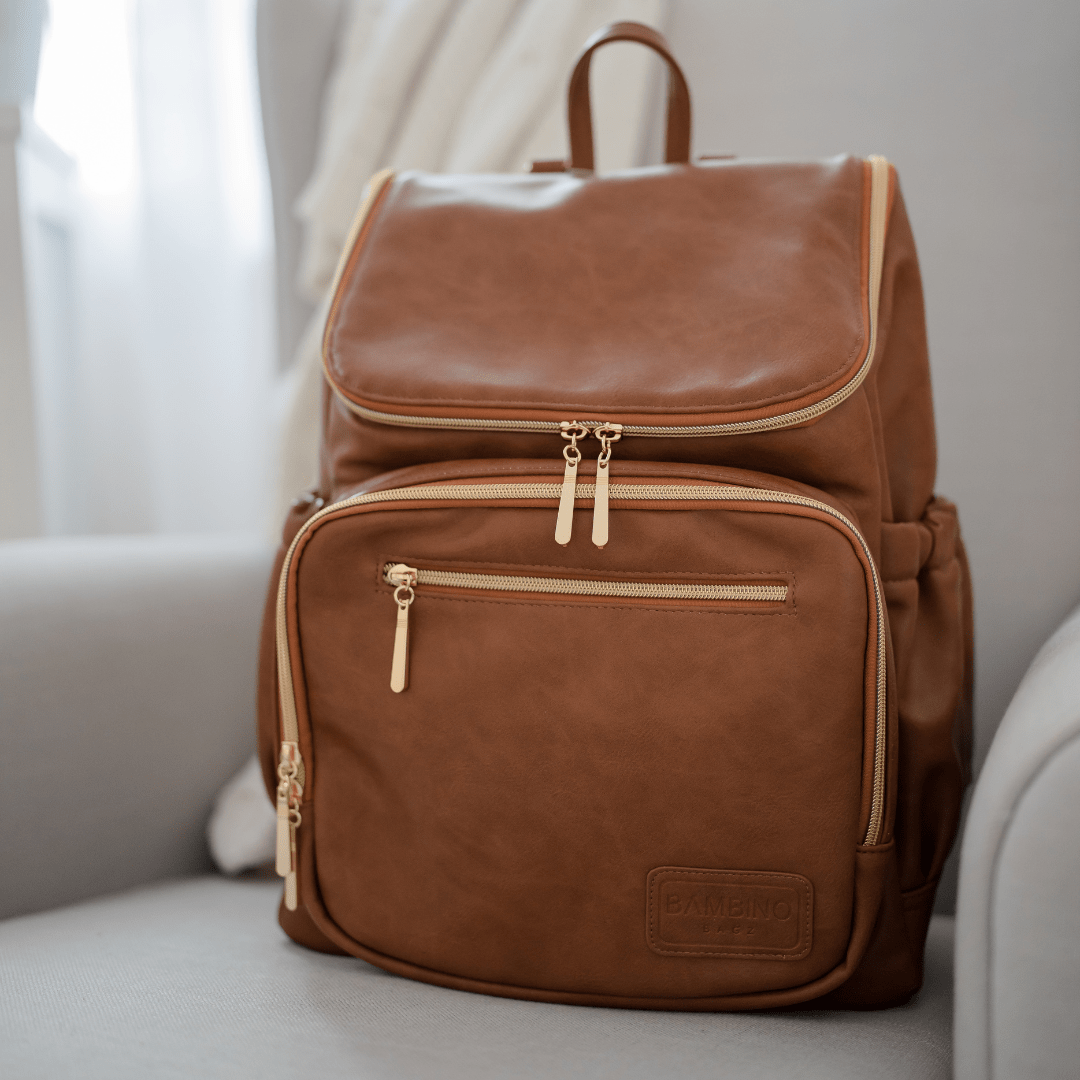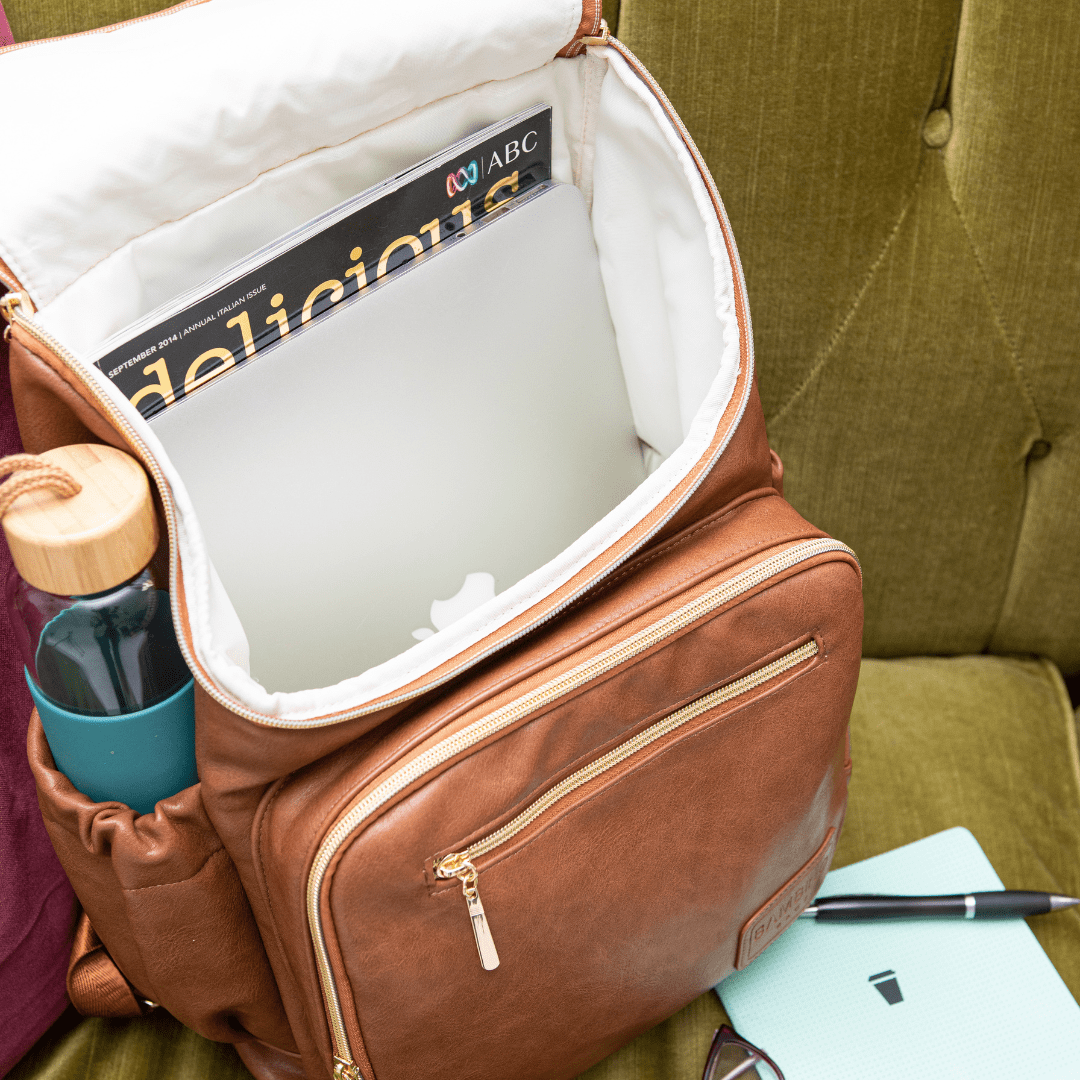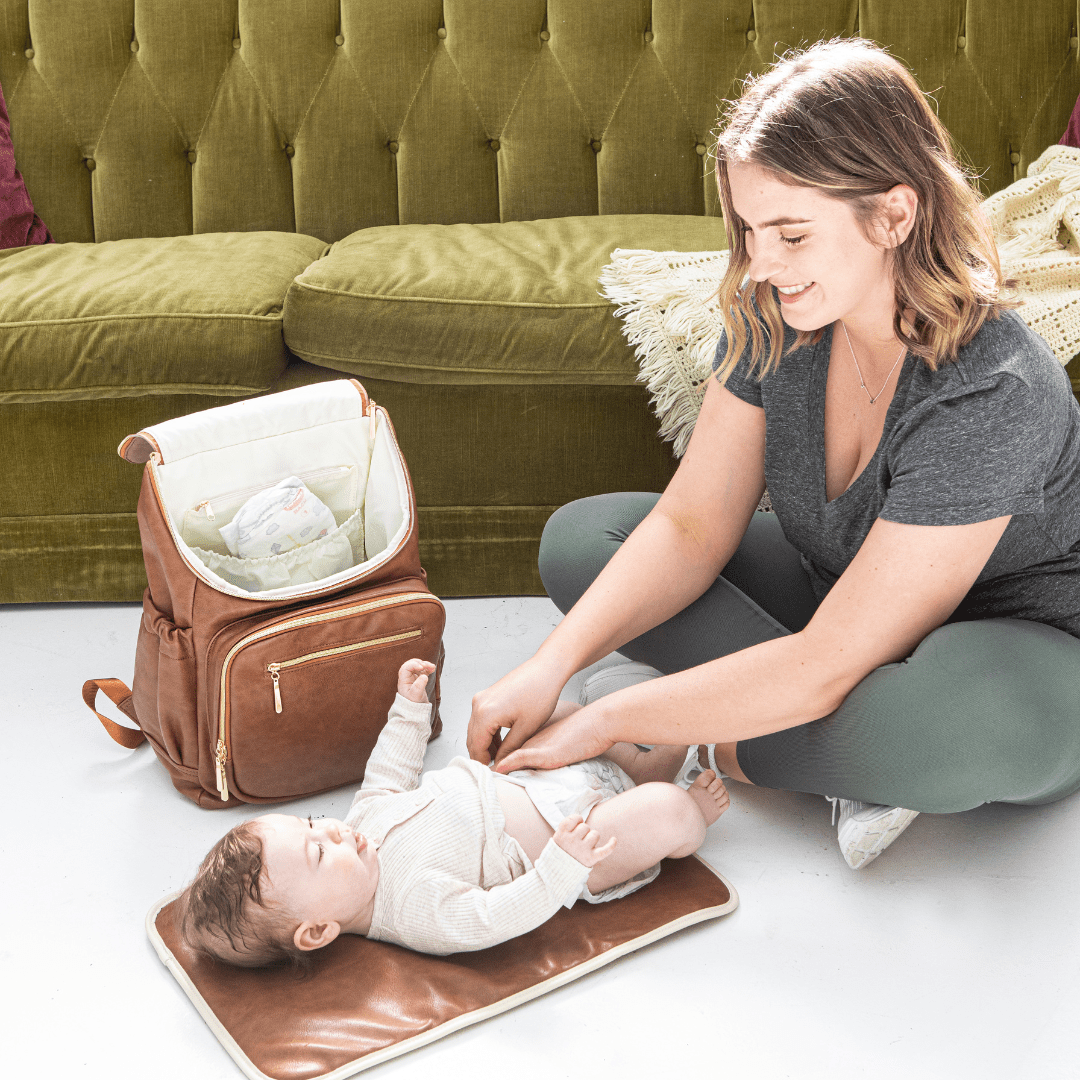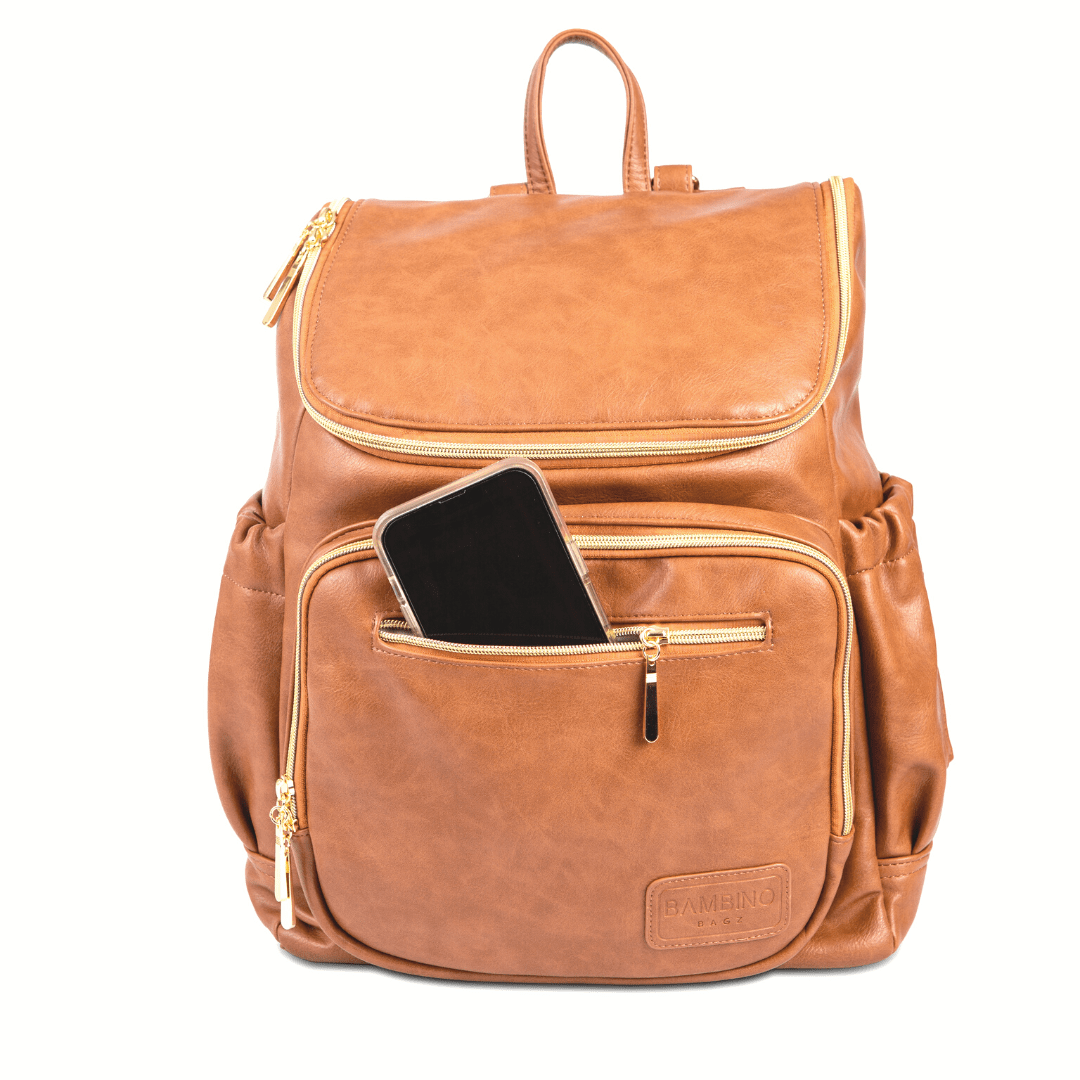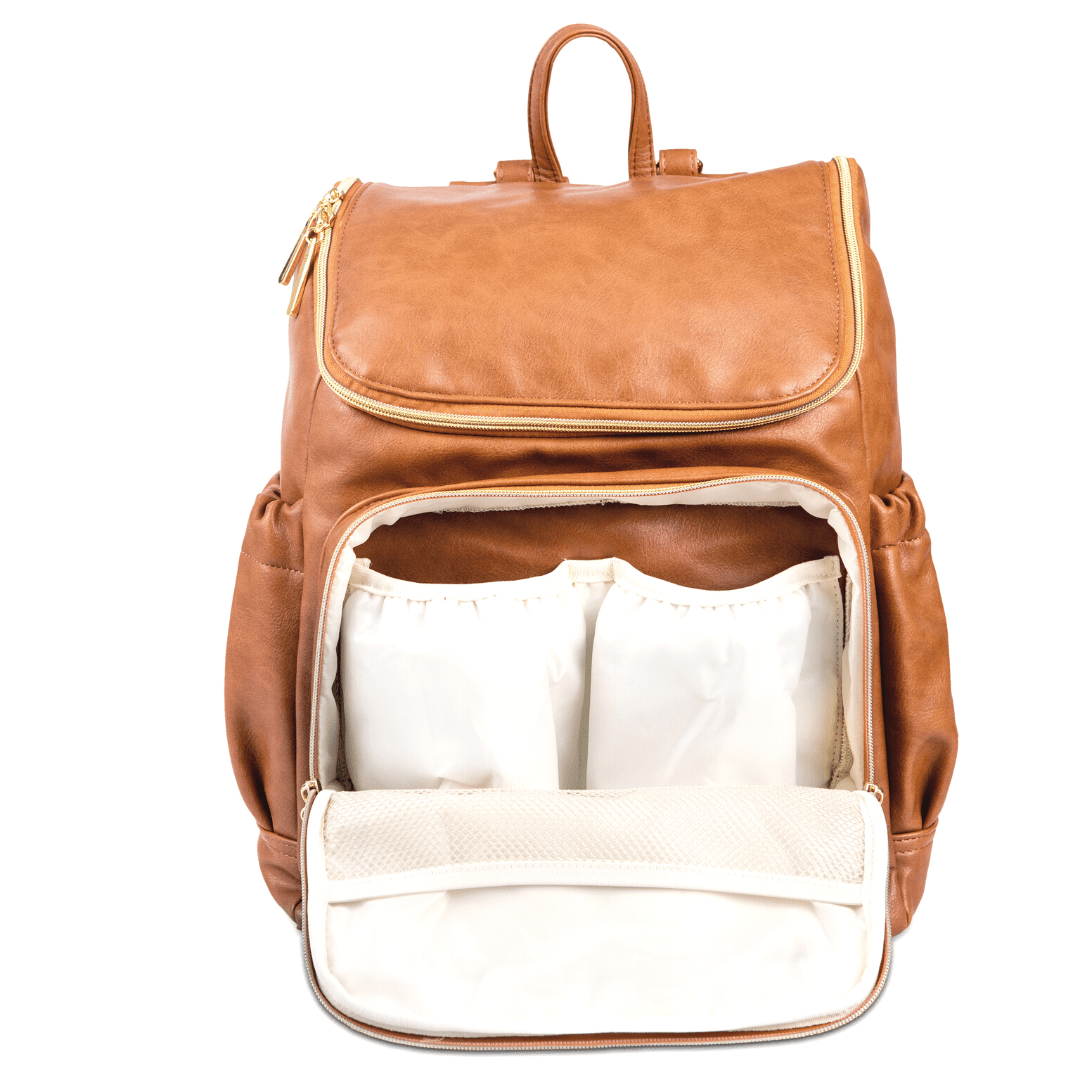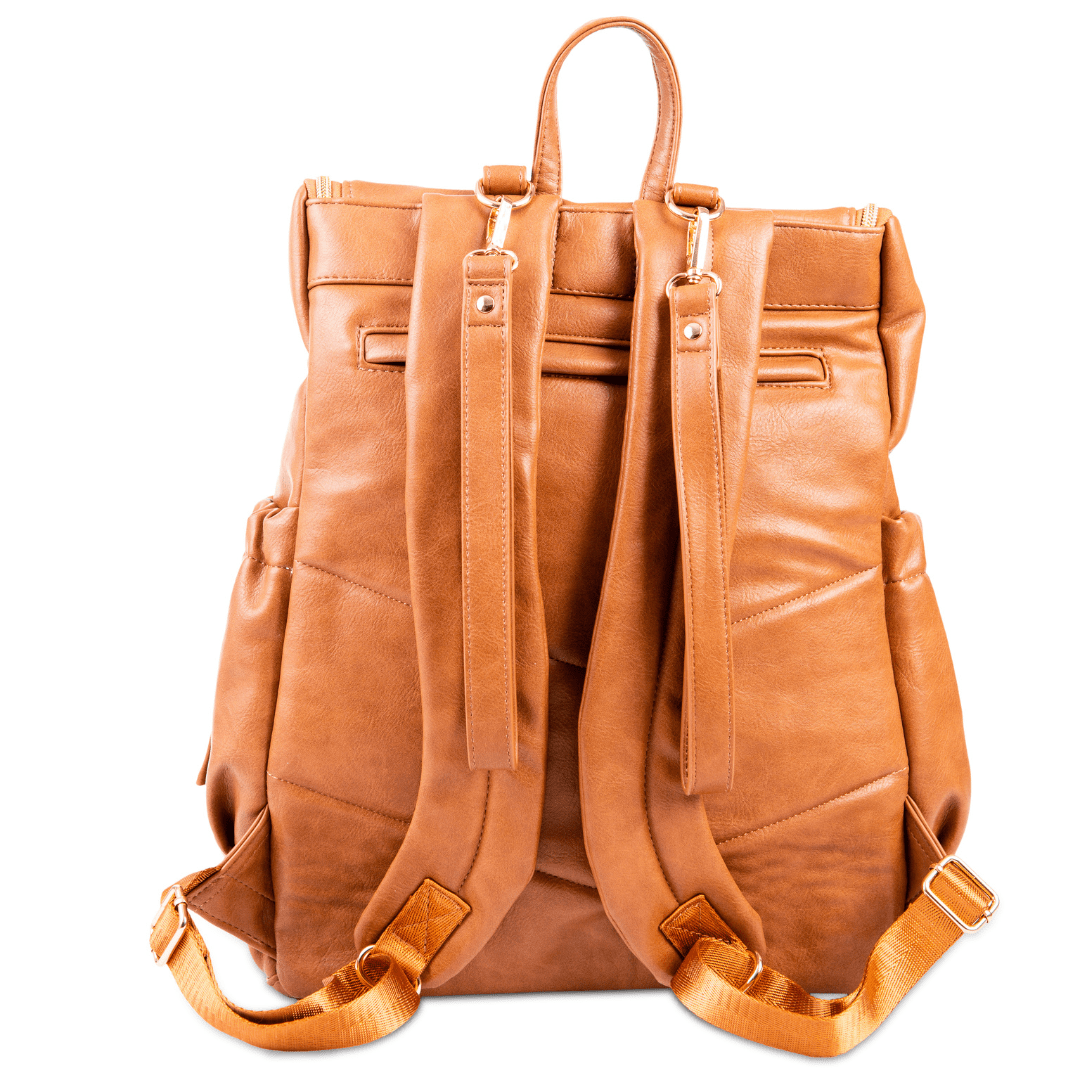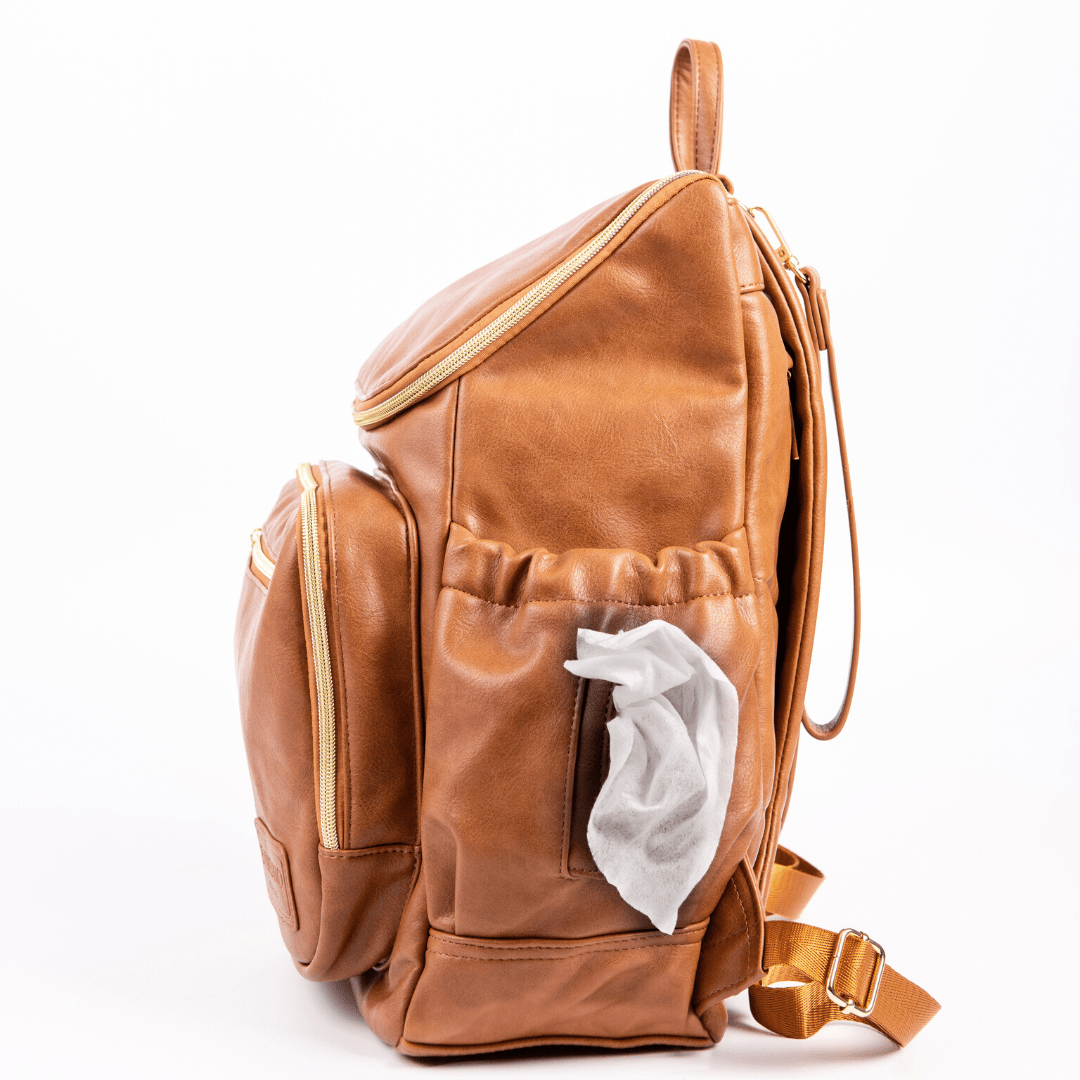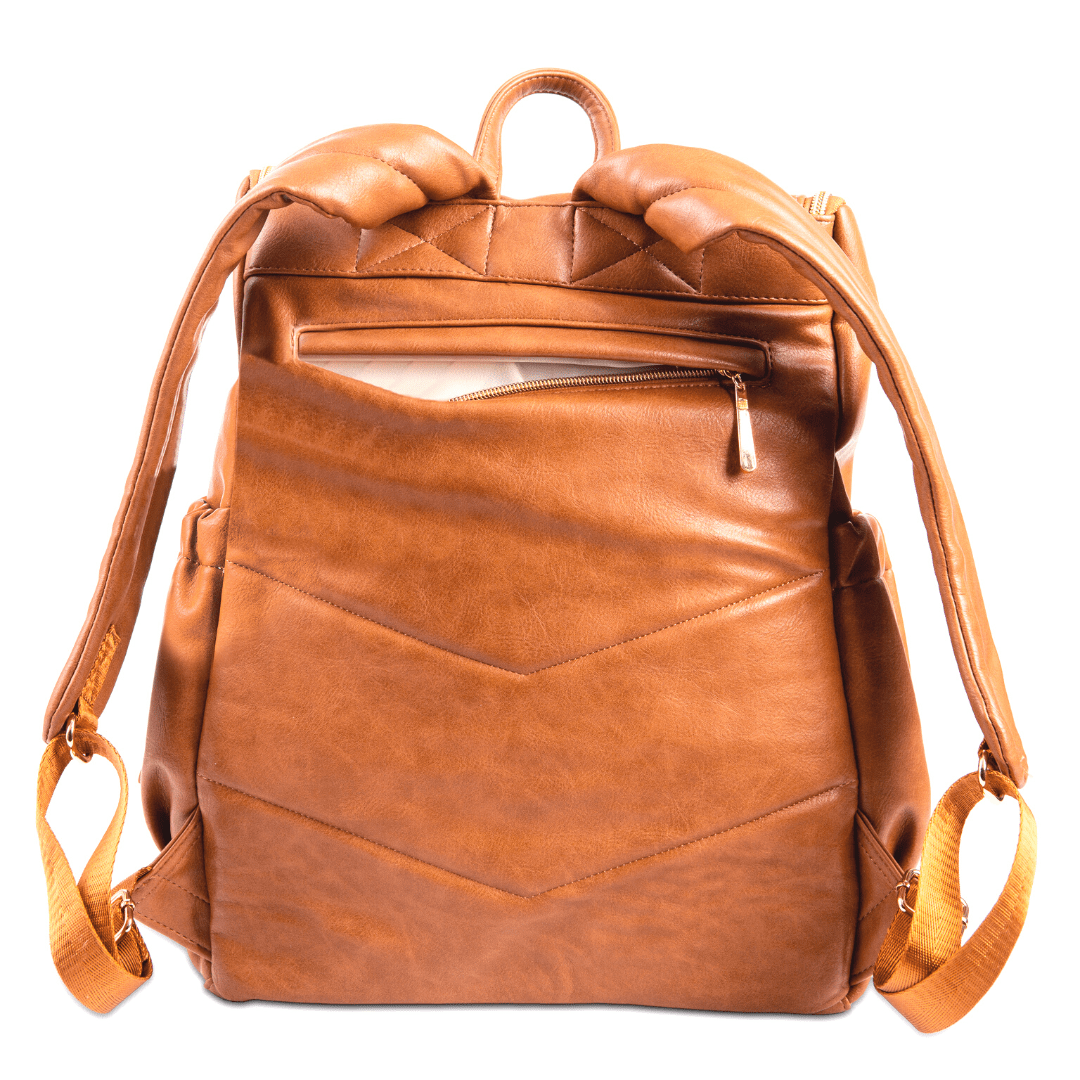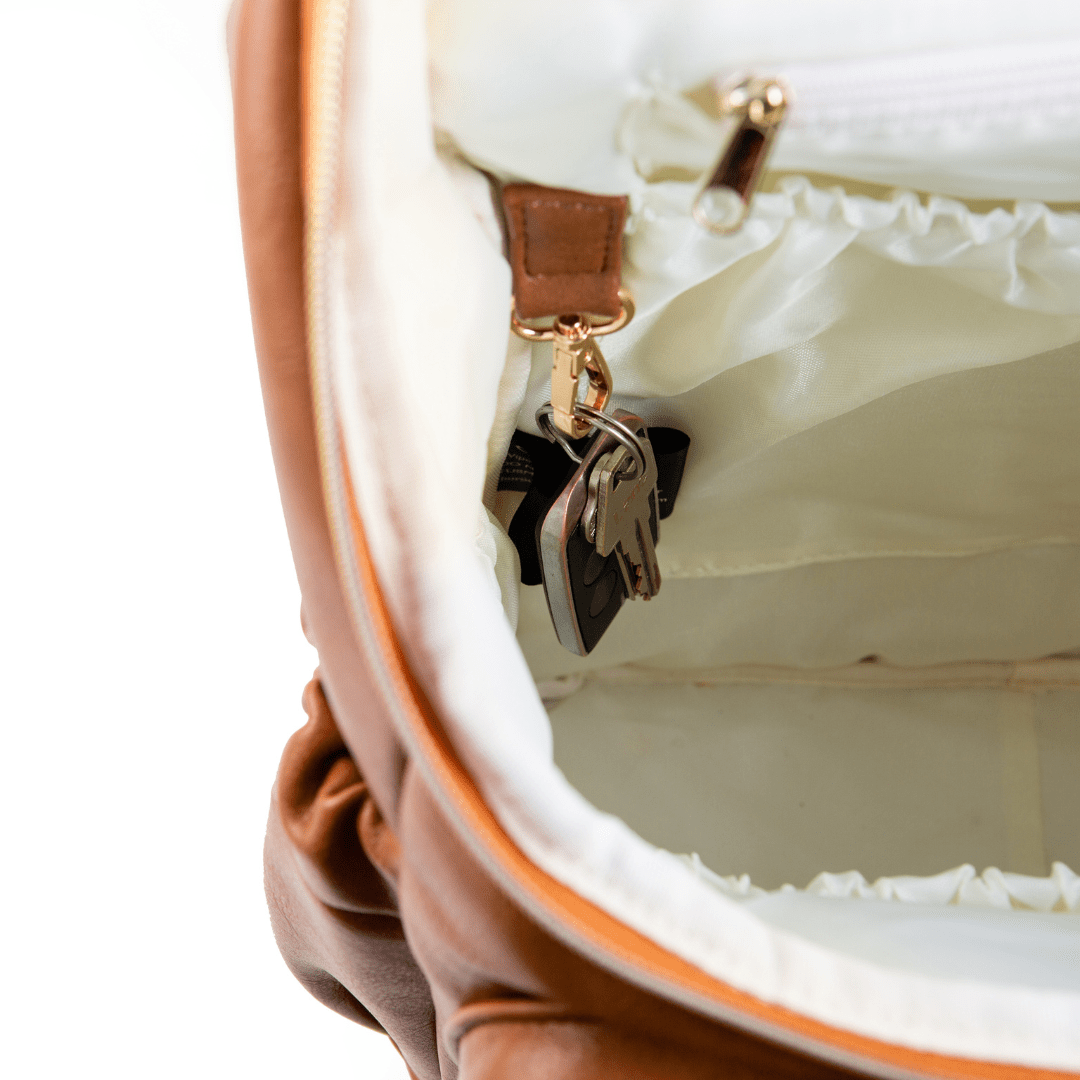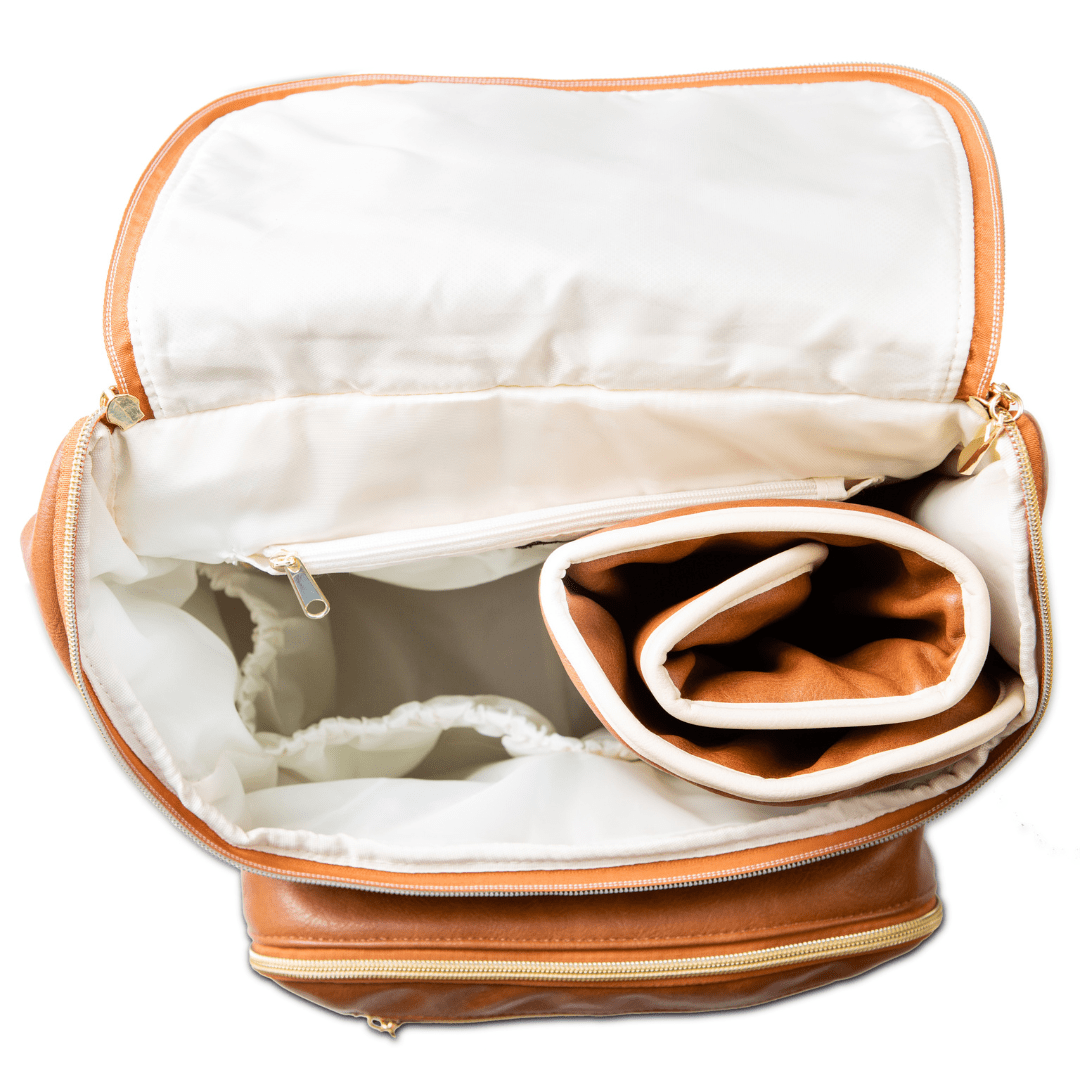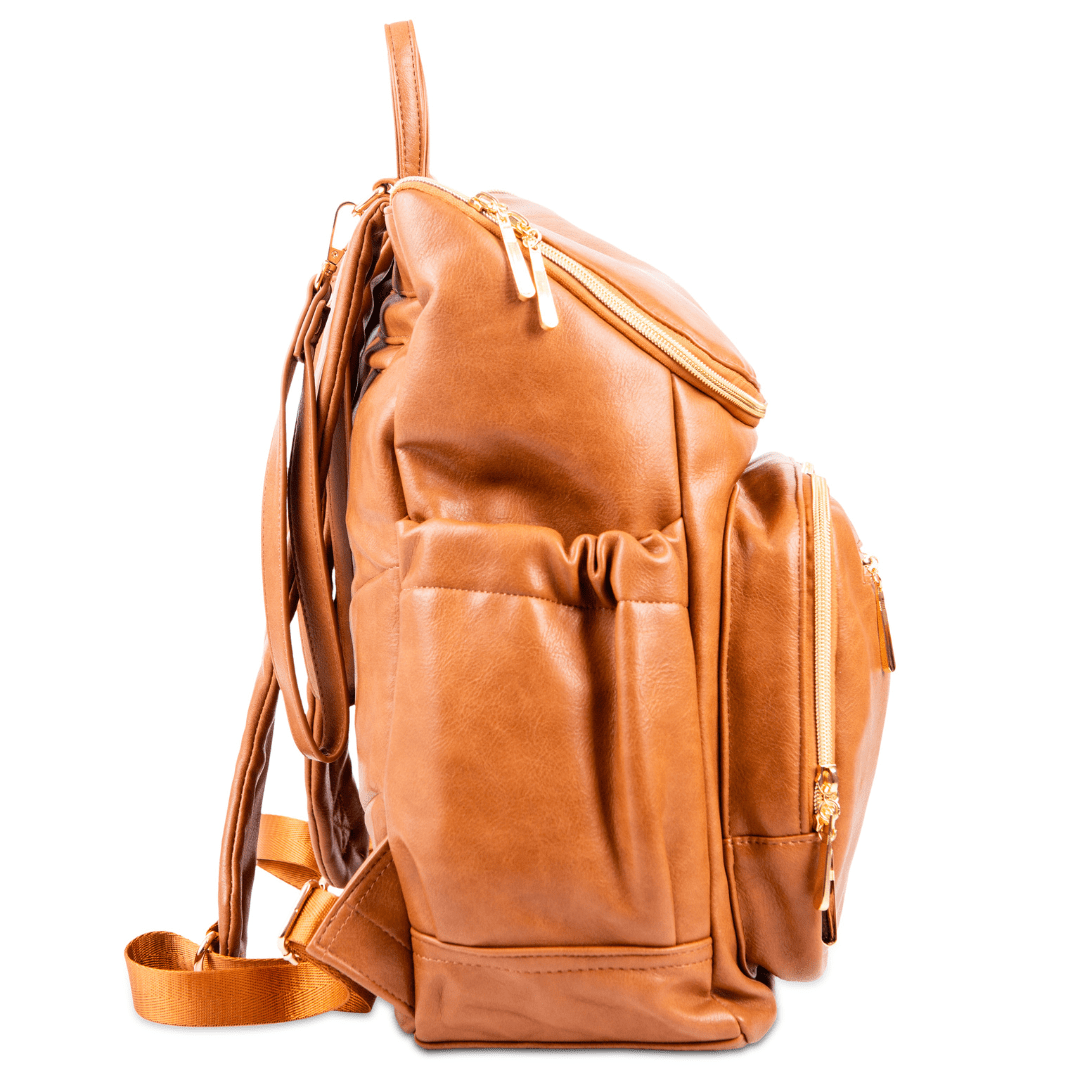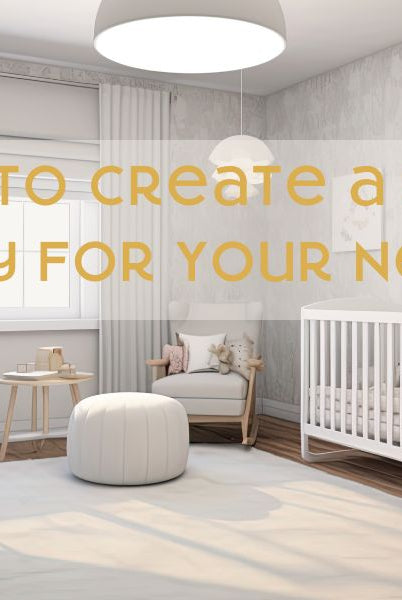Creating a nursery when you are expecting can be one of the most fun things to do, and of course you want to make the space look beautiful. it is also essential to make sure it is comfortable and safe, but while it’s tempting to focus on aesthetics, safety should always come first.
Many common nursery items that seem harmless or are featured on stunnin pintrest boards or Instagram posts can actually be dangerous for a newborn.
Here’s how to set up a safe and cozy space for your baby.
1. Choose the Right Cot Placement
One of the most critical factors in nursery safety is where you place the cot. Never position your baby’s cot next to a window. While natural light may seem ideal, curtains, blinds, and particularly the cords from blinds create a serious strangulation and suffocation hazard. As your baby grows and starts standing up, they can easily reach these objects, increasing the risk.
2. Avoid Cot Bumpers
Although cot bumpers are still sold in many baby stores, they have been widely recognized as a safety risk. They can obstruct airflow in the cot, increasing the risk of overheating and suffocation. Additionally, once your baby starts moving around, bumpers can become an entanglement hazard. The safest cot setup is a firm mattress with a well-fitted sheet—nothing more.
3. Keep Soft Objects and Loose Bedding Out of the Cot
Soft toys, pillows, and loose blankets may seem like cozy additions, but they pose a significant suffocation risk for babies. Stick to a well-fitted sleep sack or swaddle instead of loose bedding to keep your baby warm safely.
4. Anchor Furniture to the Walls
As your baby grows into a curious toddler, they’ll start pulling themselves up on furniture. Any dressers, bookshelves, or changing tables should be securely anchored to the wall to prevent tipping accidents. Also, keep heavy objects off shelves within your baby’s reach.
5. Ensure Proper Airflow and Temperature Control
Babies are sensitive to temperature changes. Keep the room well-ventilated and use a thermometer to ensure it stays between 16–20°C (60–68°F). Avoid placing a heater or fan too close to the cot, and never drape blankets over the cot to block drafts, as this can reduce airflow and pose a suffocation risk.
6. Be Mindful of Electrical Outlets and Cords
Ensure that all electrical outlets in the nursery are covered with childproof covers. Keep any cords from baby monitors, lamps, or sound machines well out of reach to prevent strangulation hazards.
7. Use Non-Toxic Paint and Materials
If you’re painting the nursery, opt for low-VOC (volatile organic compound) or non-toxic paint to avoid harmful fumes. Similarly, choose furniture and decor made from non-toxic materials free from harmful chemicals like formaldehyde and BPA.
8. Opt for a Firm Mattress
Your baby’s mattress should be firm and fit snugly within the cot to prevent gaps where your baby could become trapped. A soft or ill-fitting mattress increases the risk of suffocation and Sudden Infant Death Syndrome (SIDS).
9. Keep Small Objects and Choking Hazards Away
Babies explore the world by putting things in their mouths. Ensure that all small objects, including toys with removable parts, buttons, and decorations, are kept out of reach. Regularly check for loose parts on furniture and toys.
10. Install a Smoke and Carbon Monoxide Detector
Every nursery should have a working smoke detector and, if your home uses gas, a carbon monoxide detector. Test them regularly to ensure they function properly.
Final Thoughts
A nursery should be a safe, comforting space for your baby. By following these tips and being aware of hidden hazards, you can create a beautiful and secure space for your little one to grow. If you’re unsure about any product, check for safety recalls or ask your midwife or doctor to be sure. Do you have any nursery tips?
Share them in the comments below. we love connecting with other Mums!

